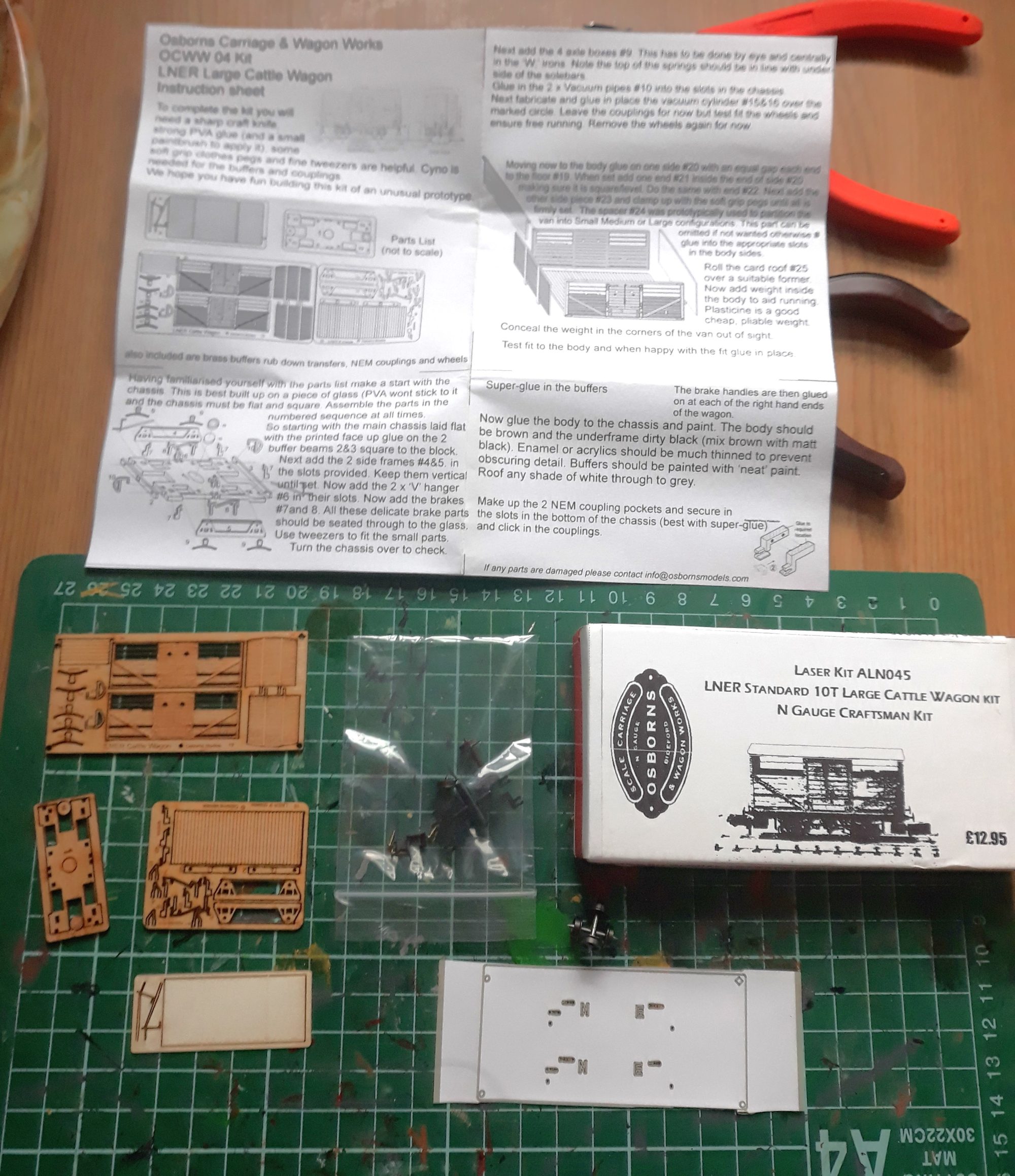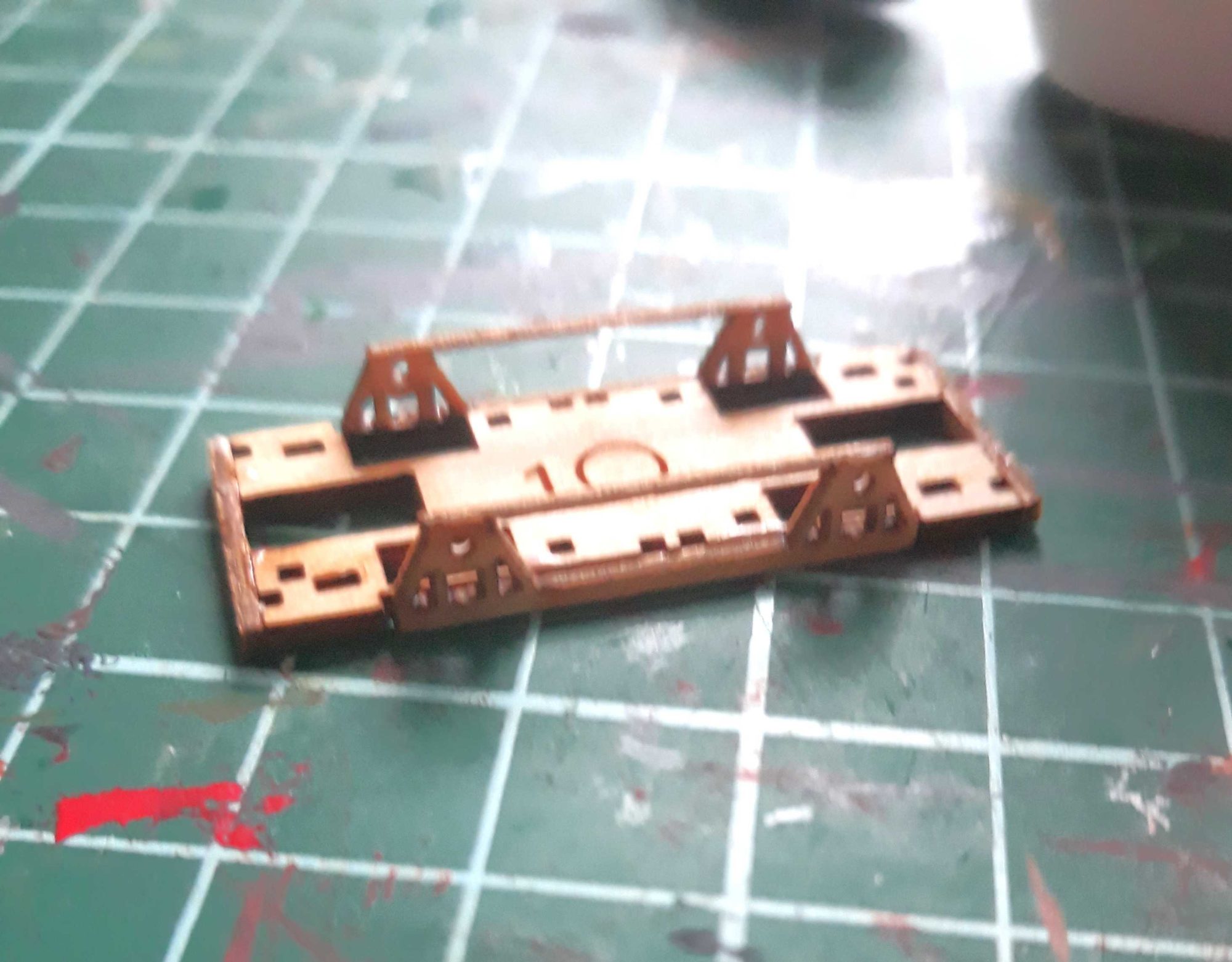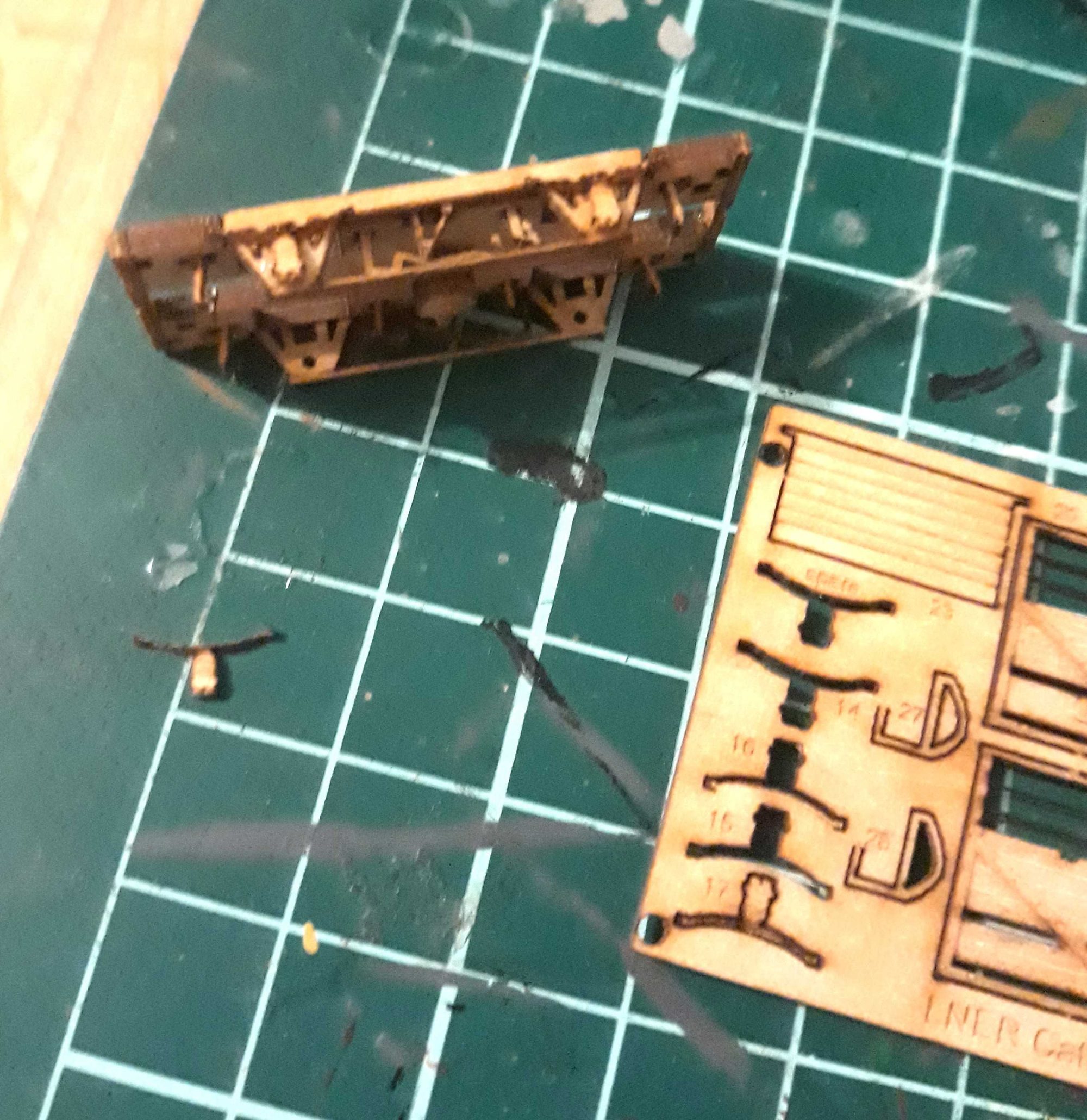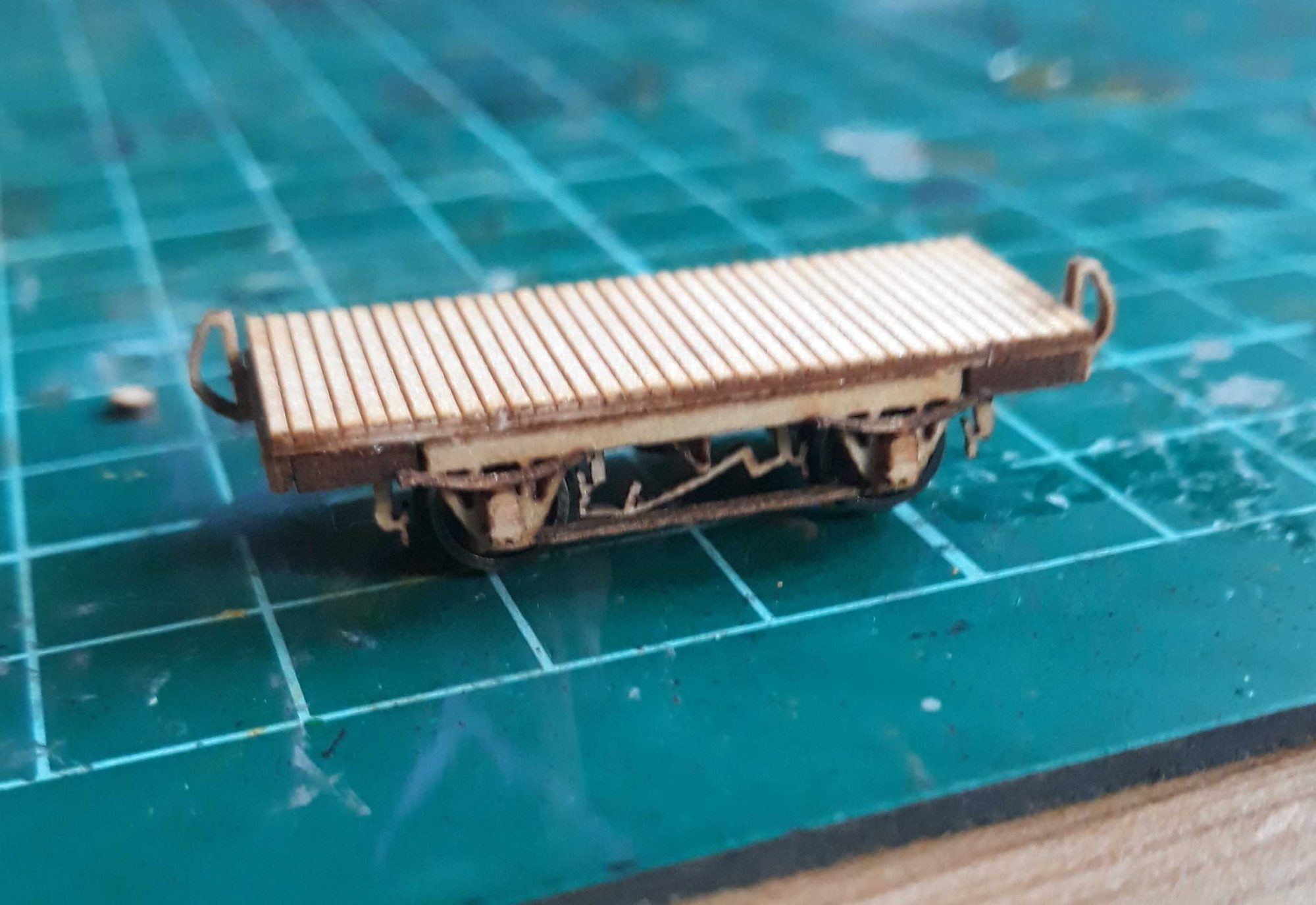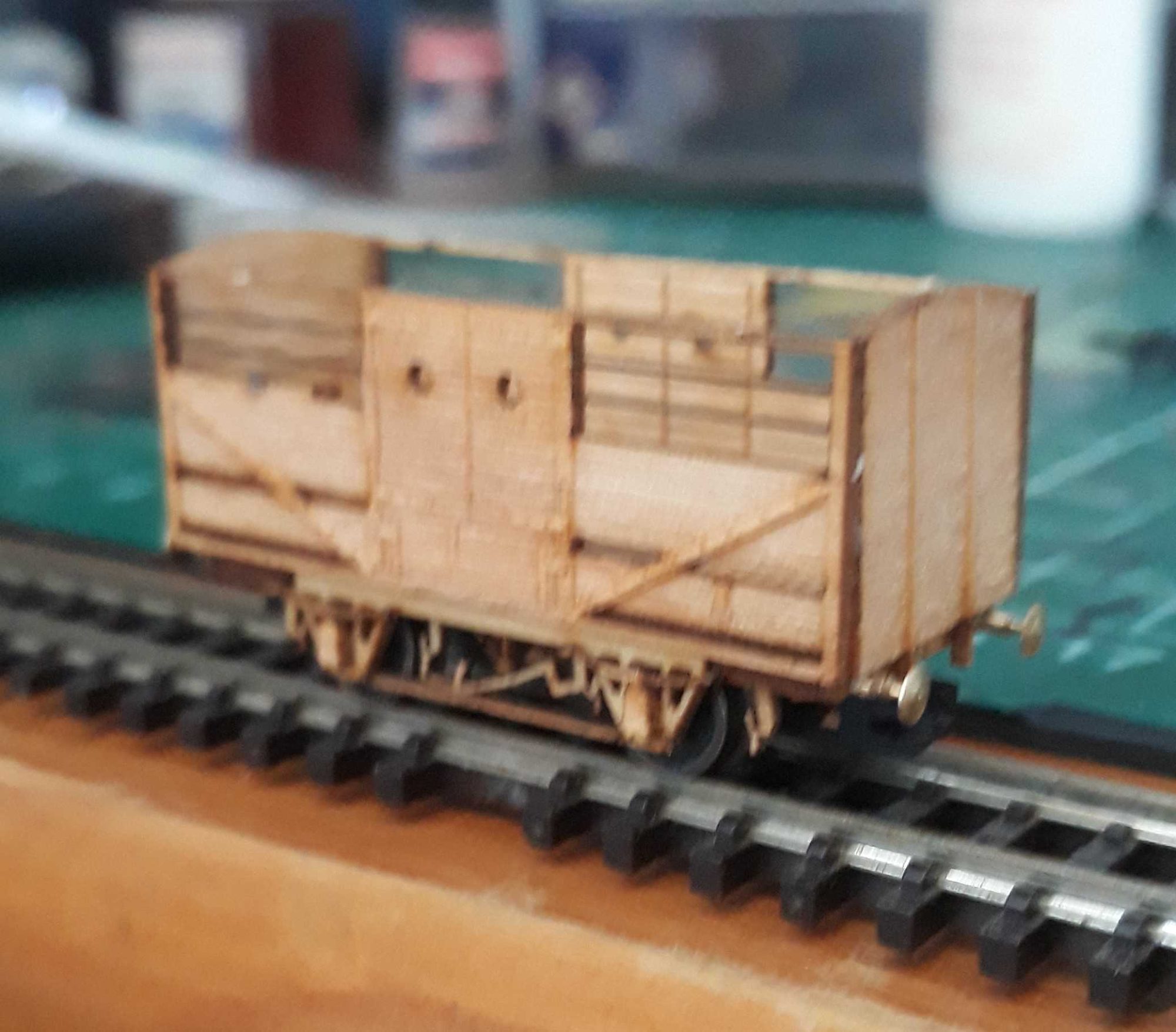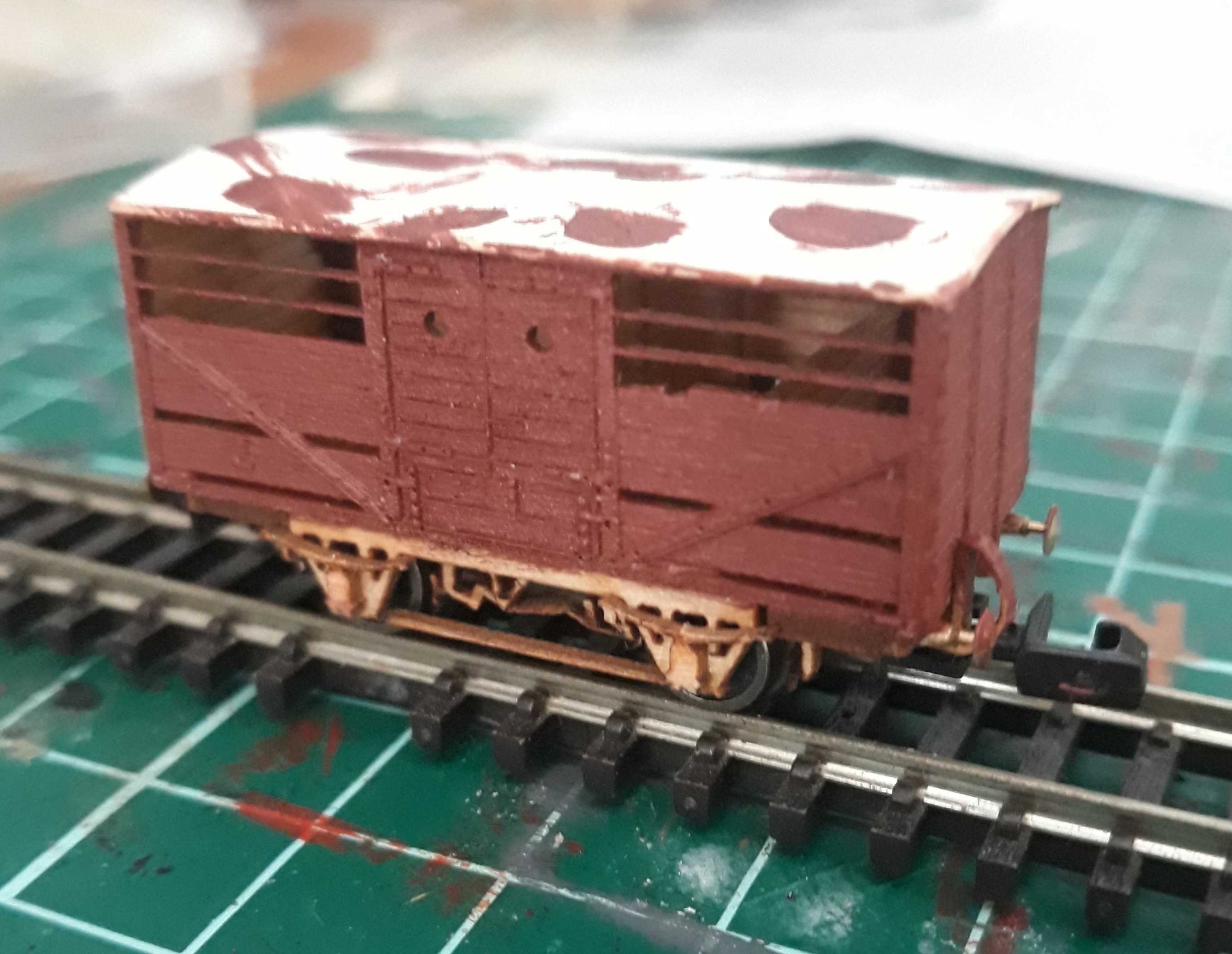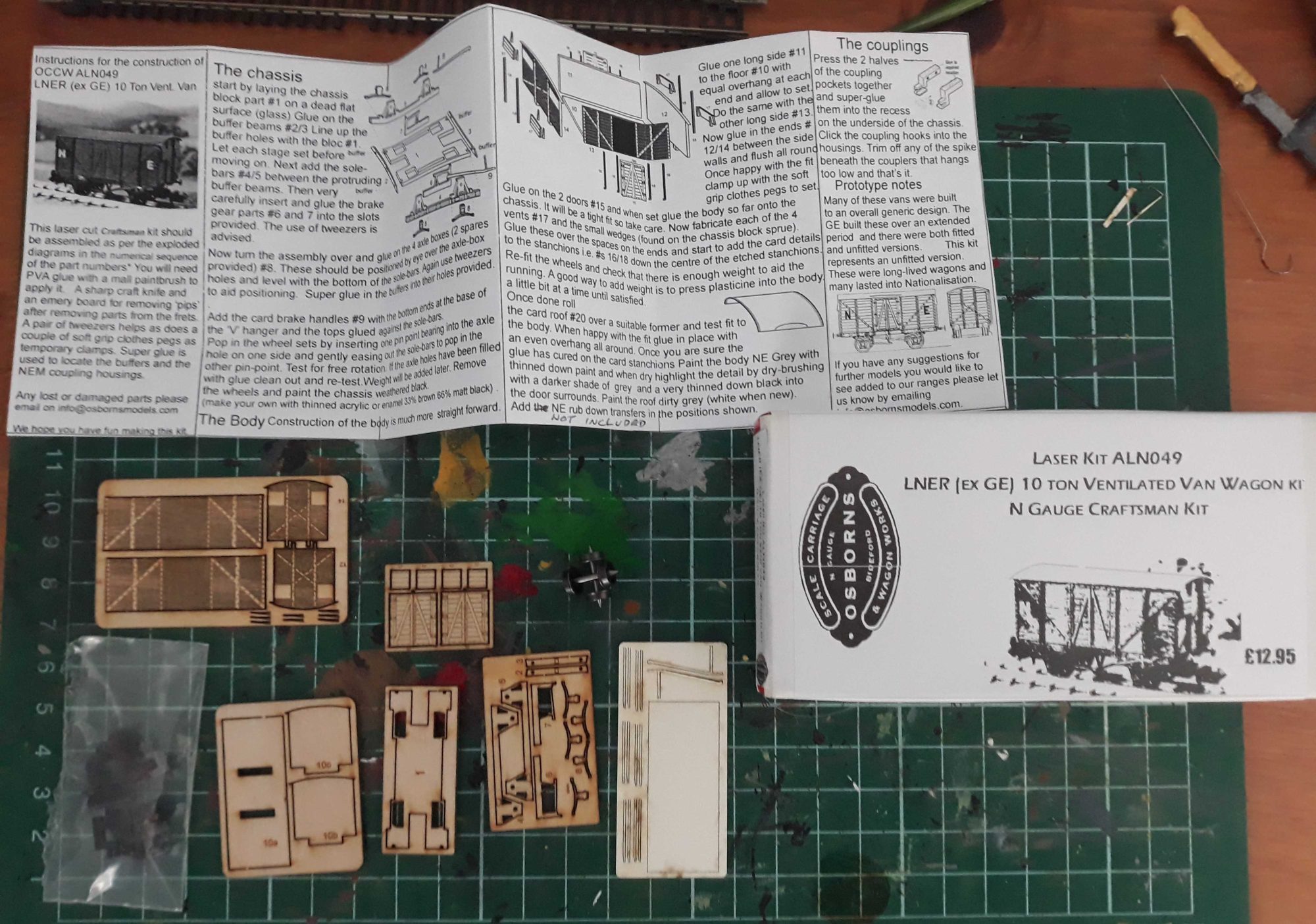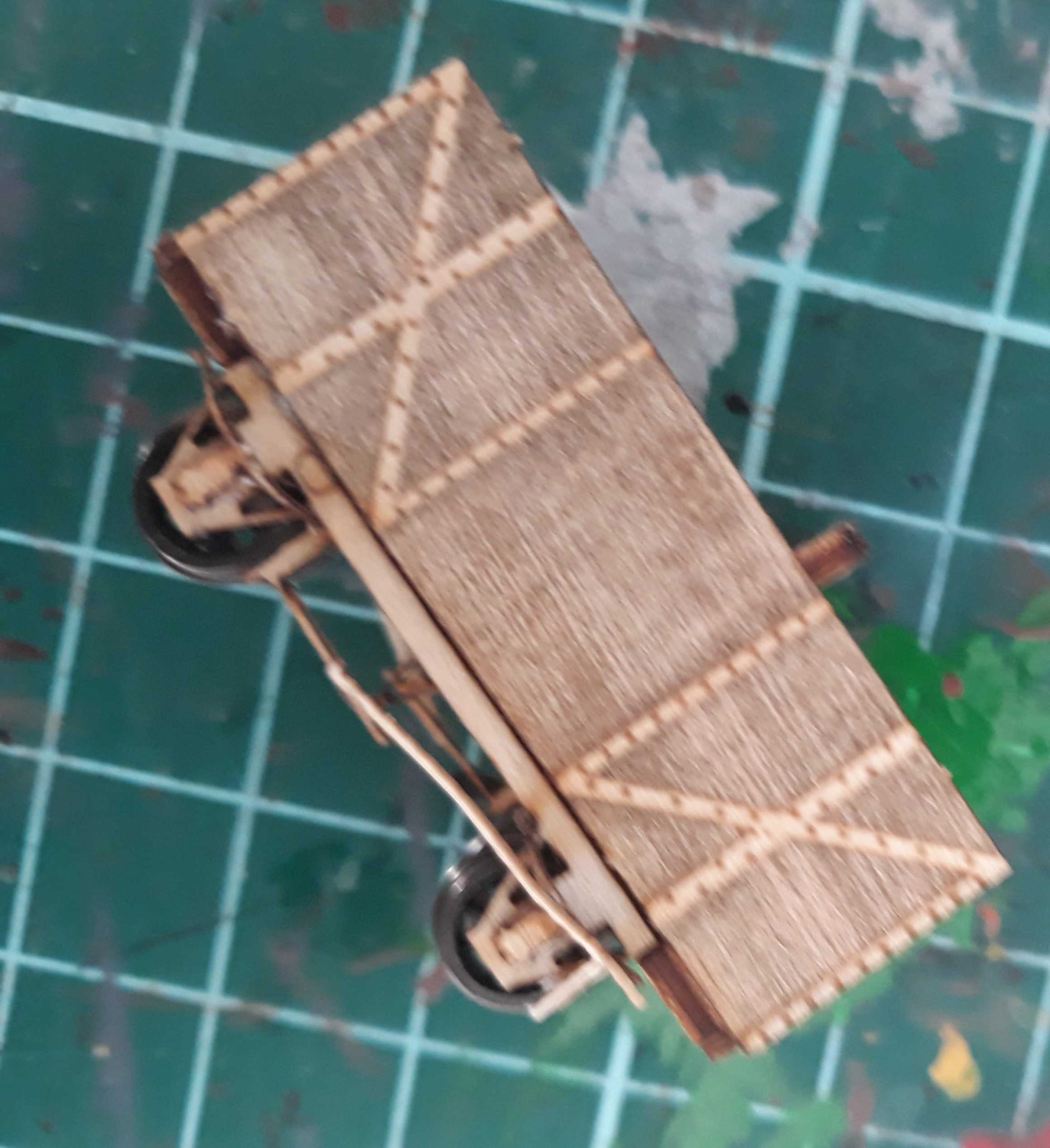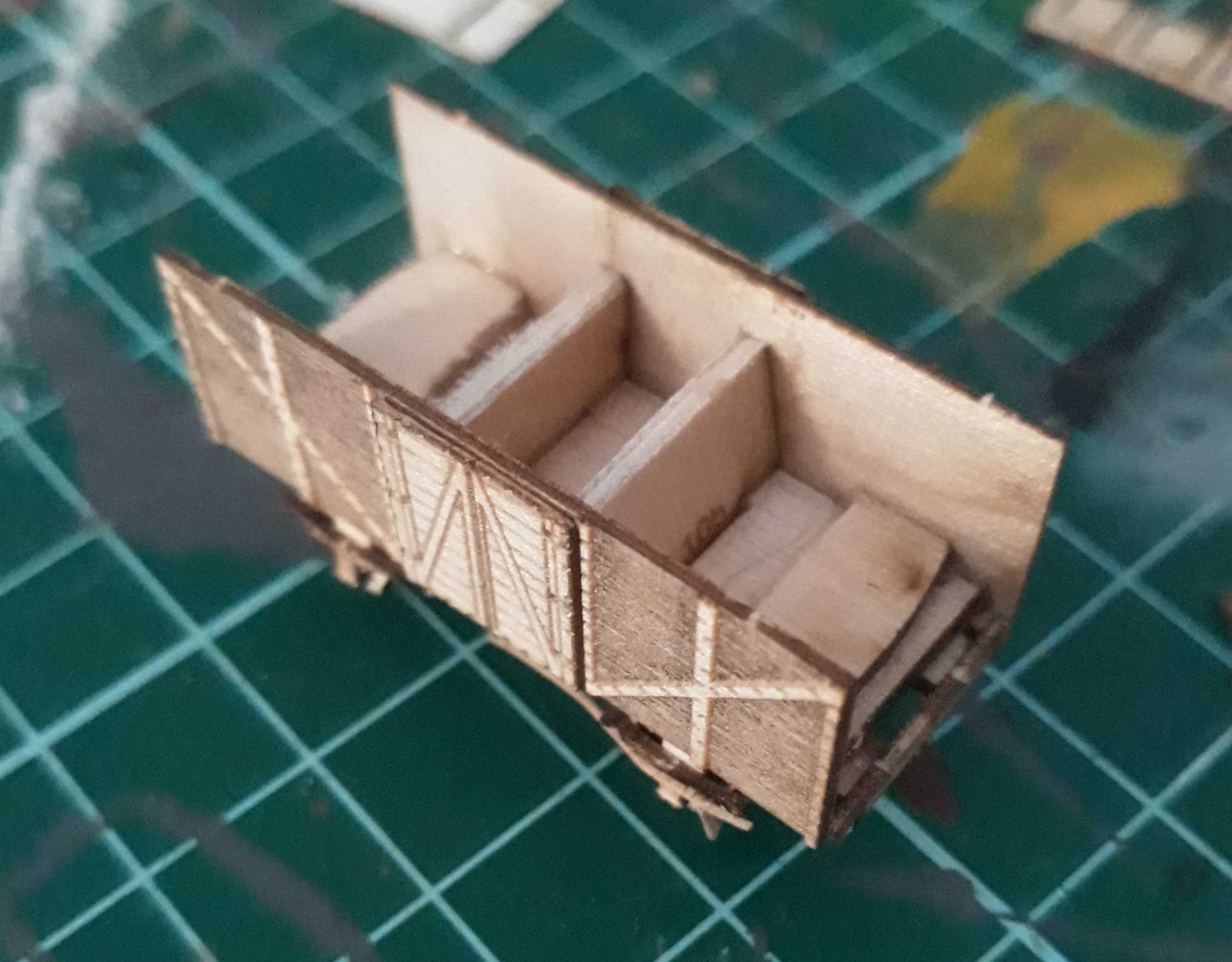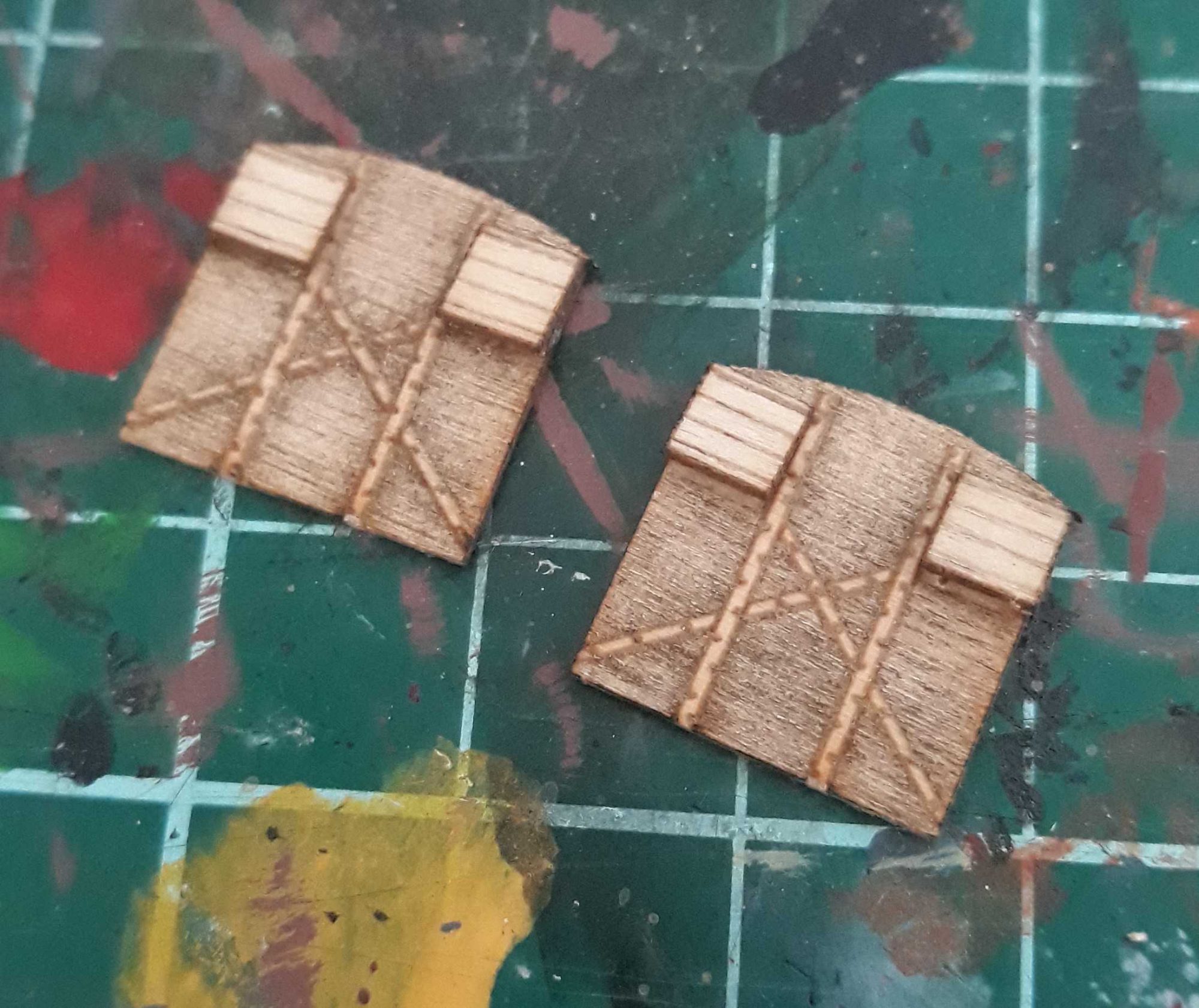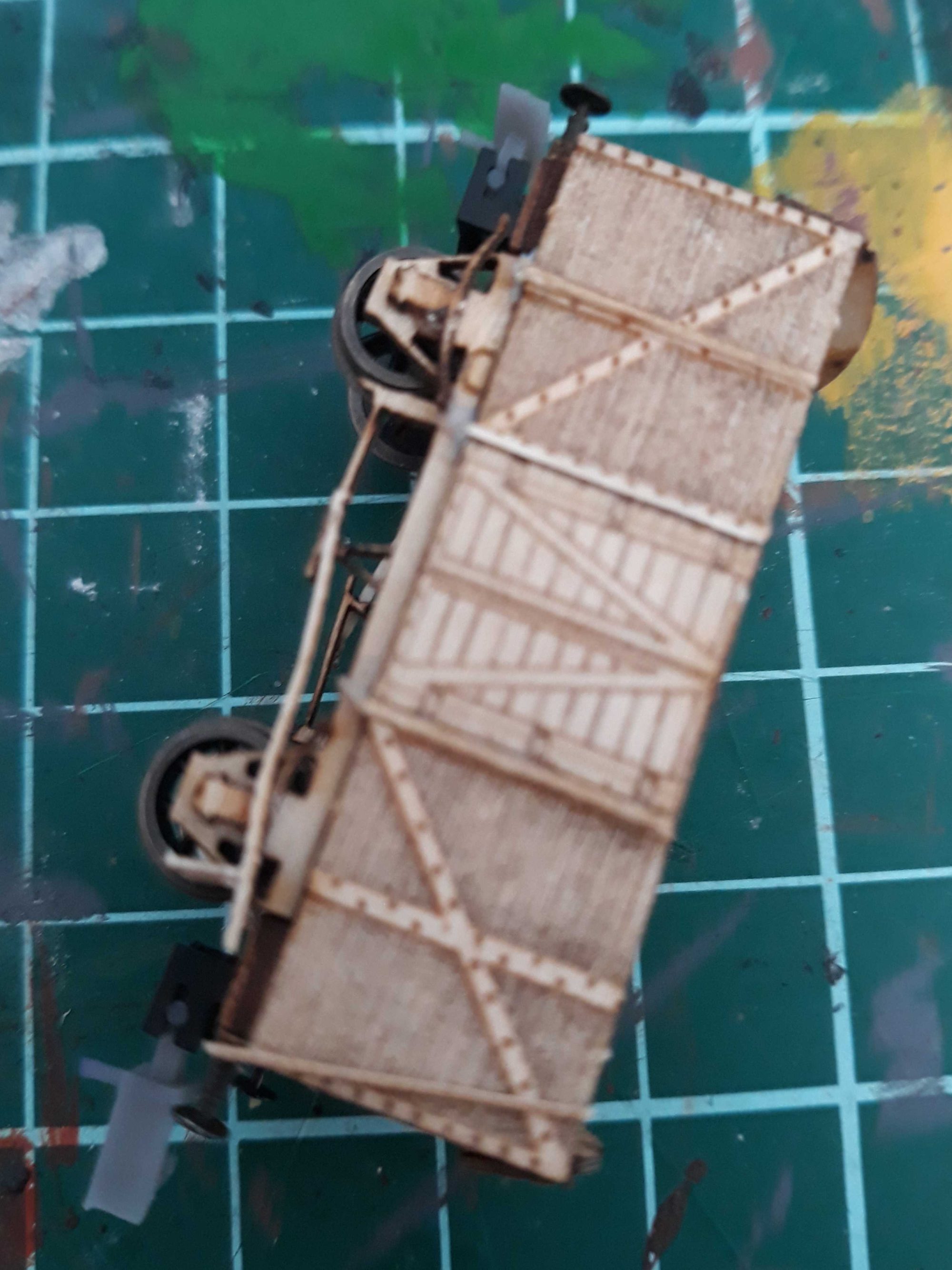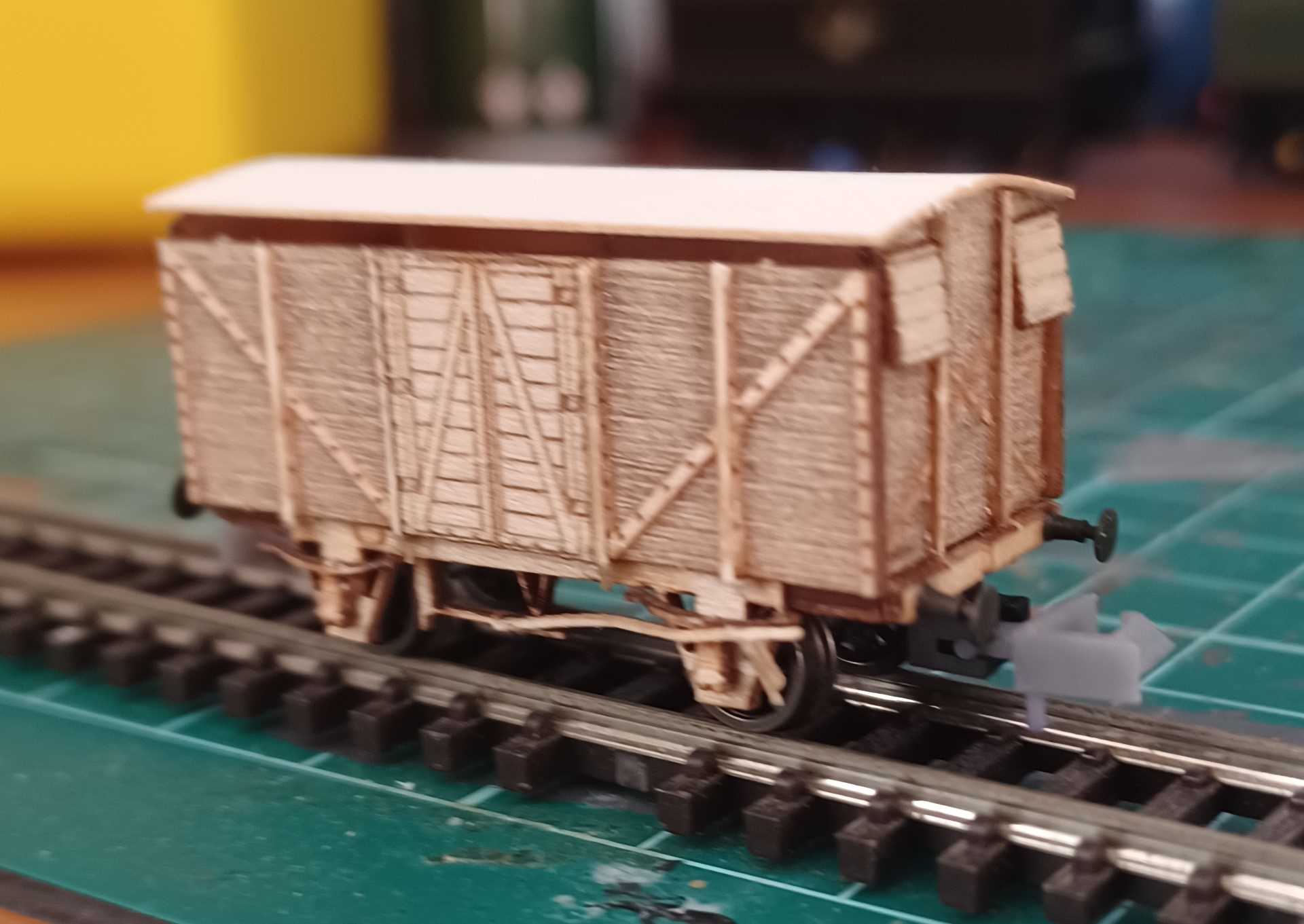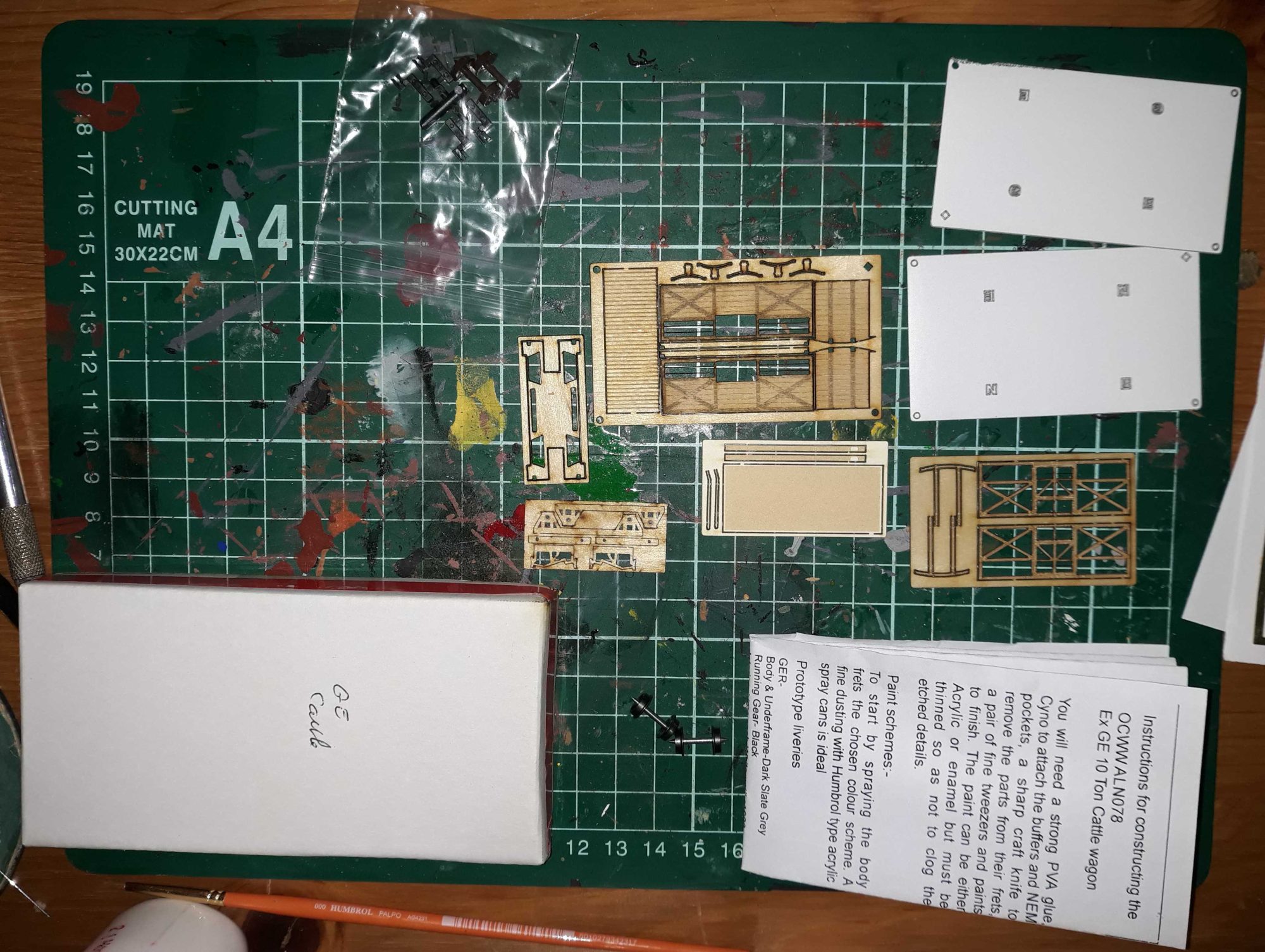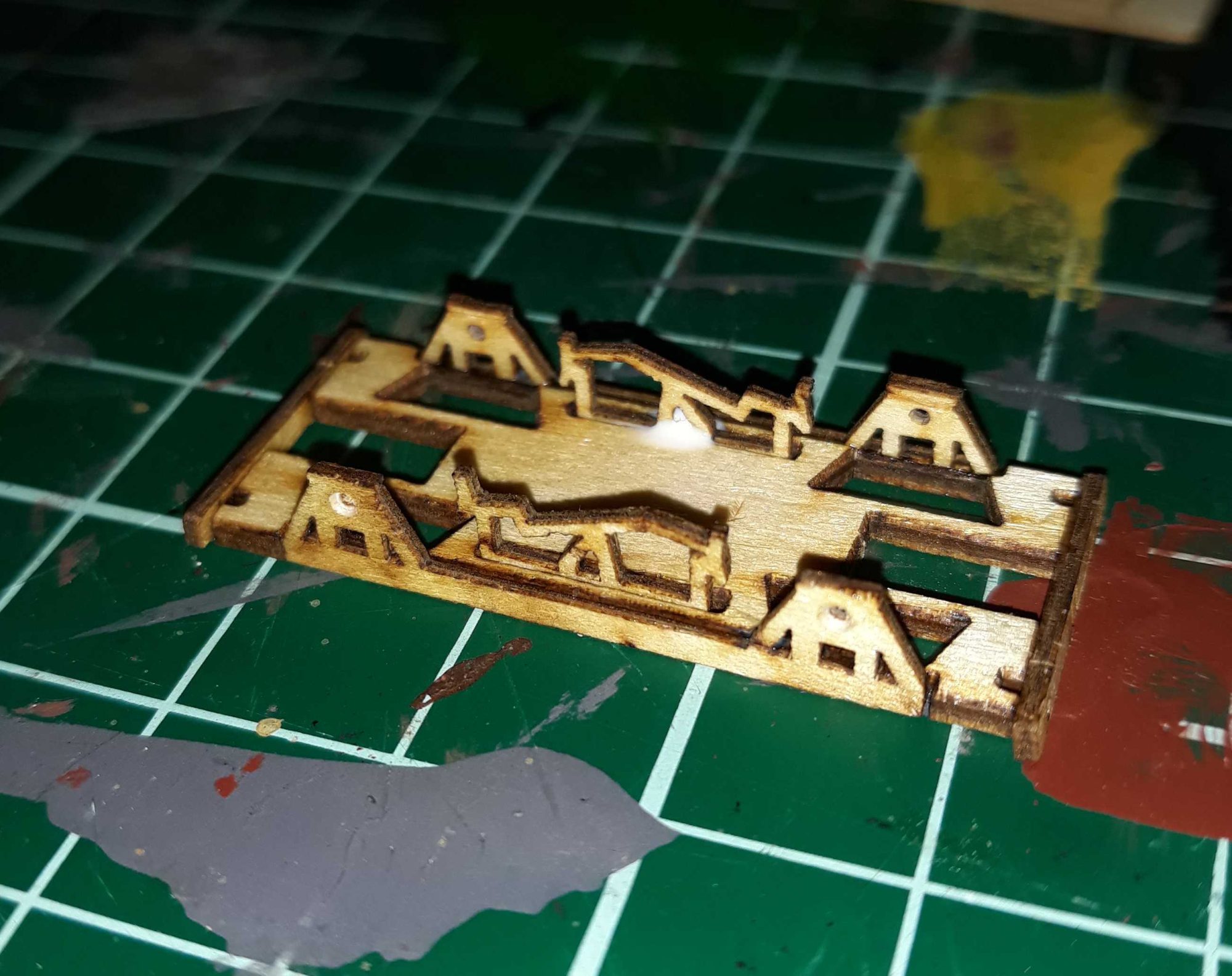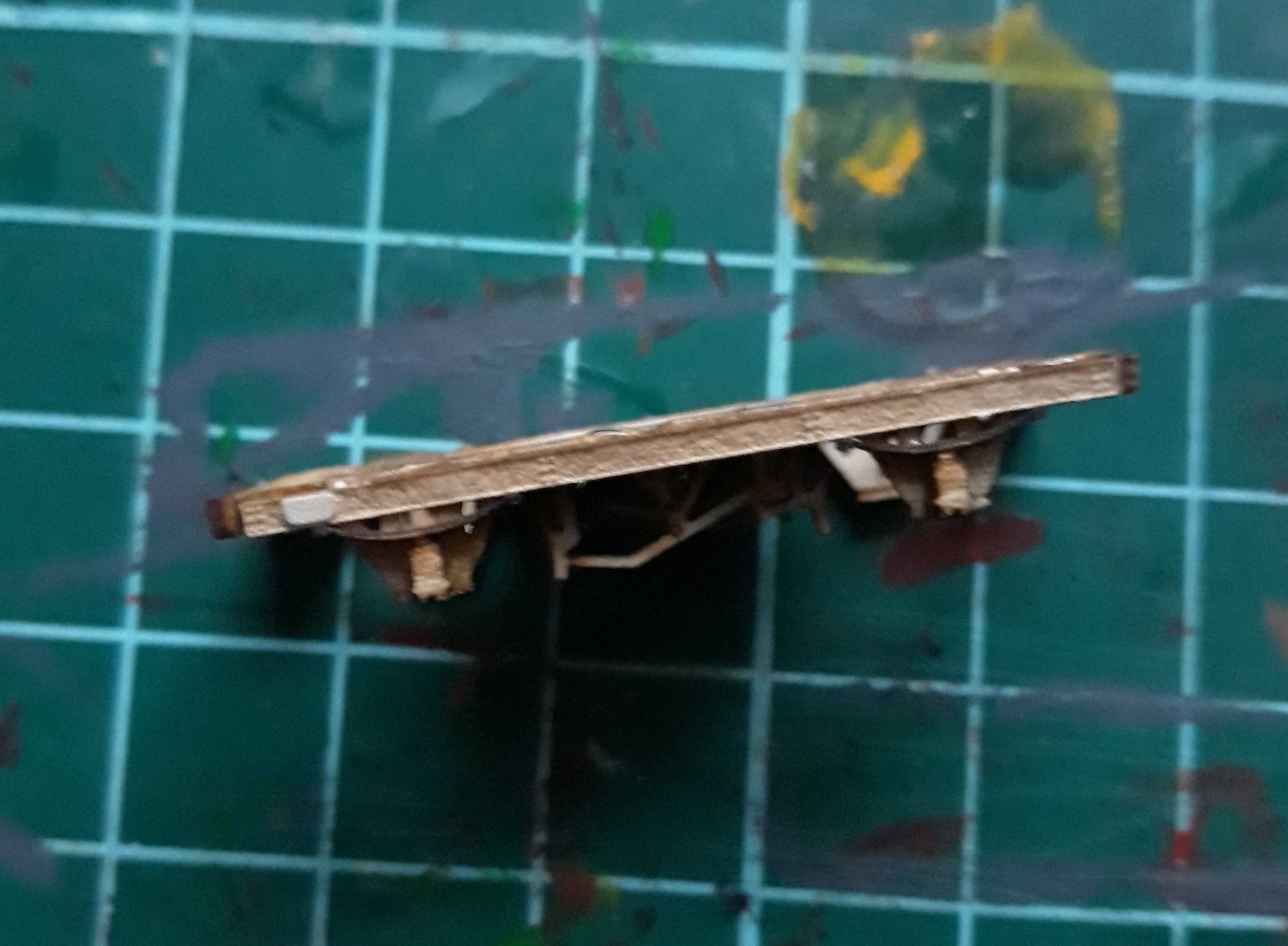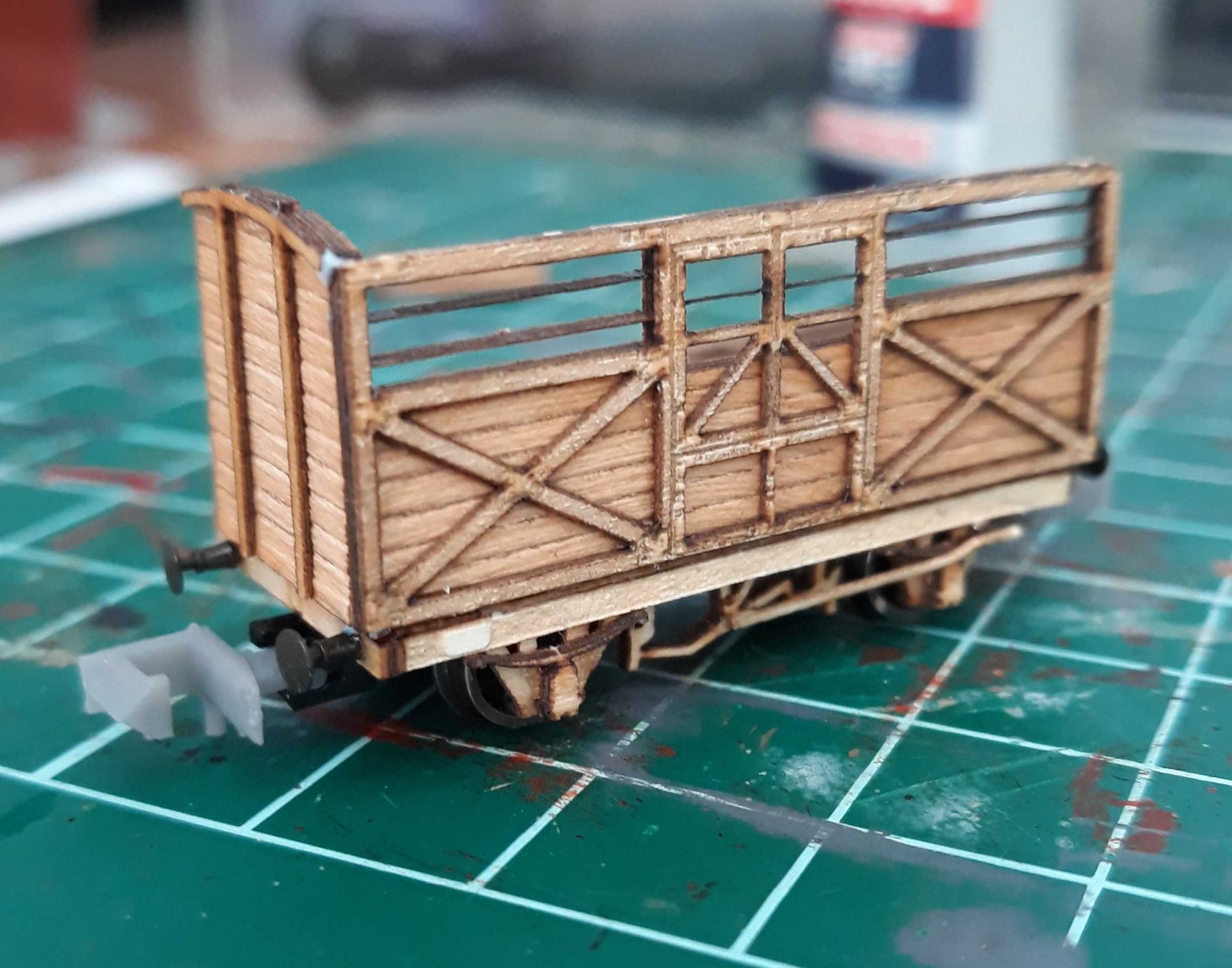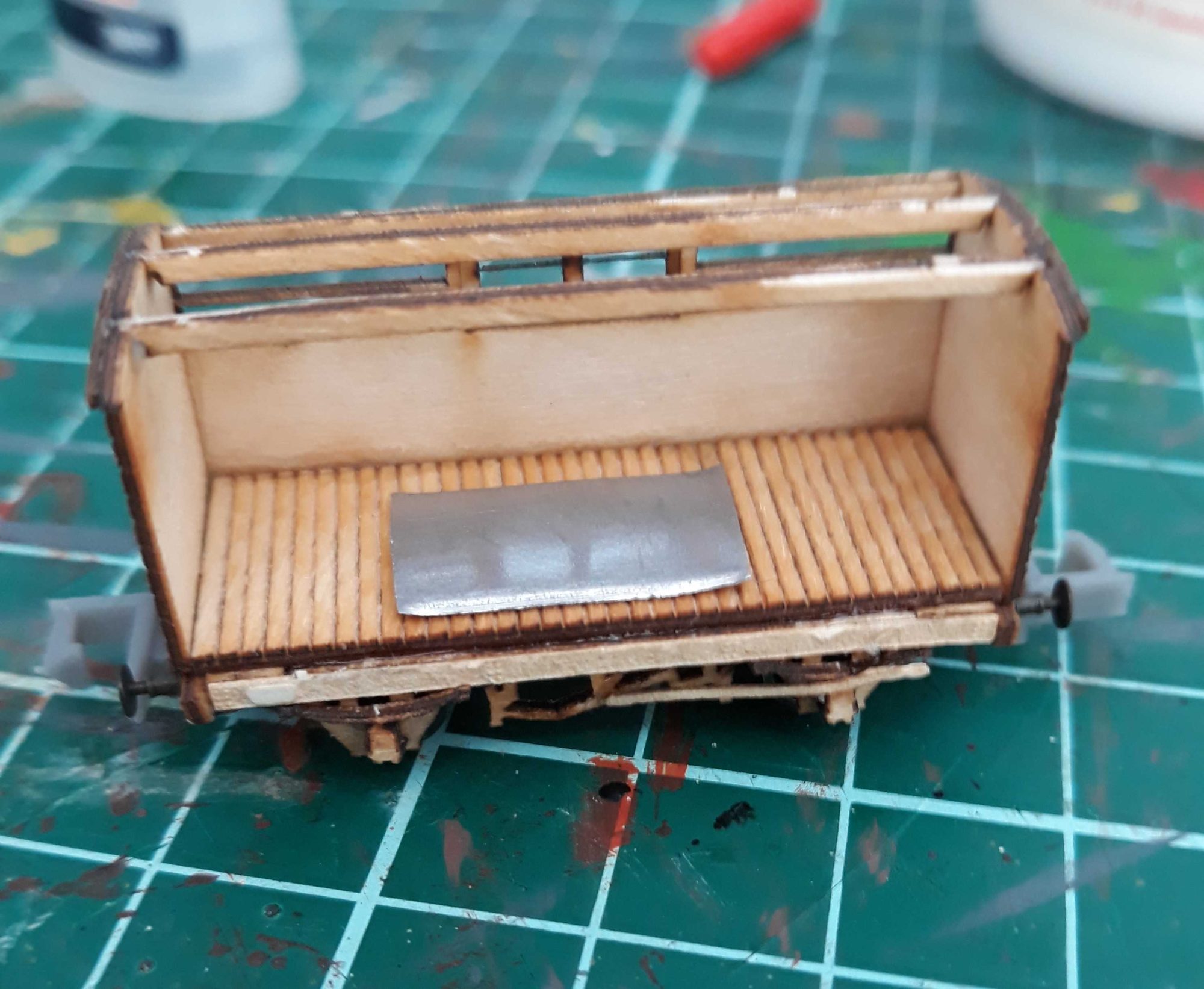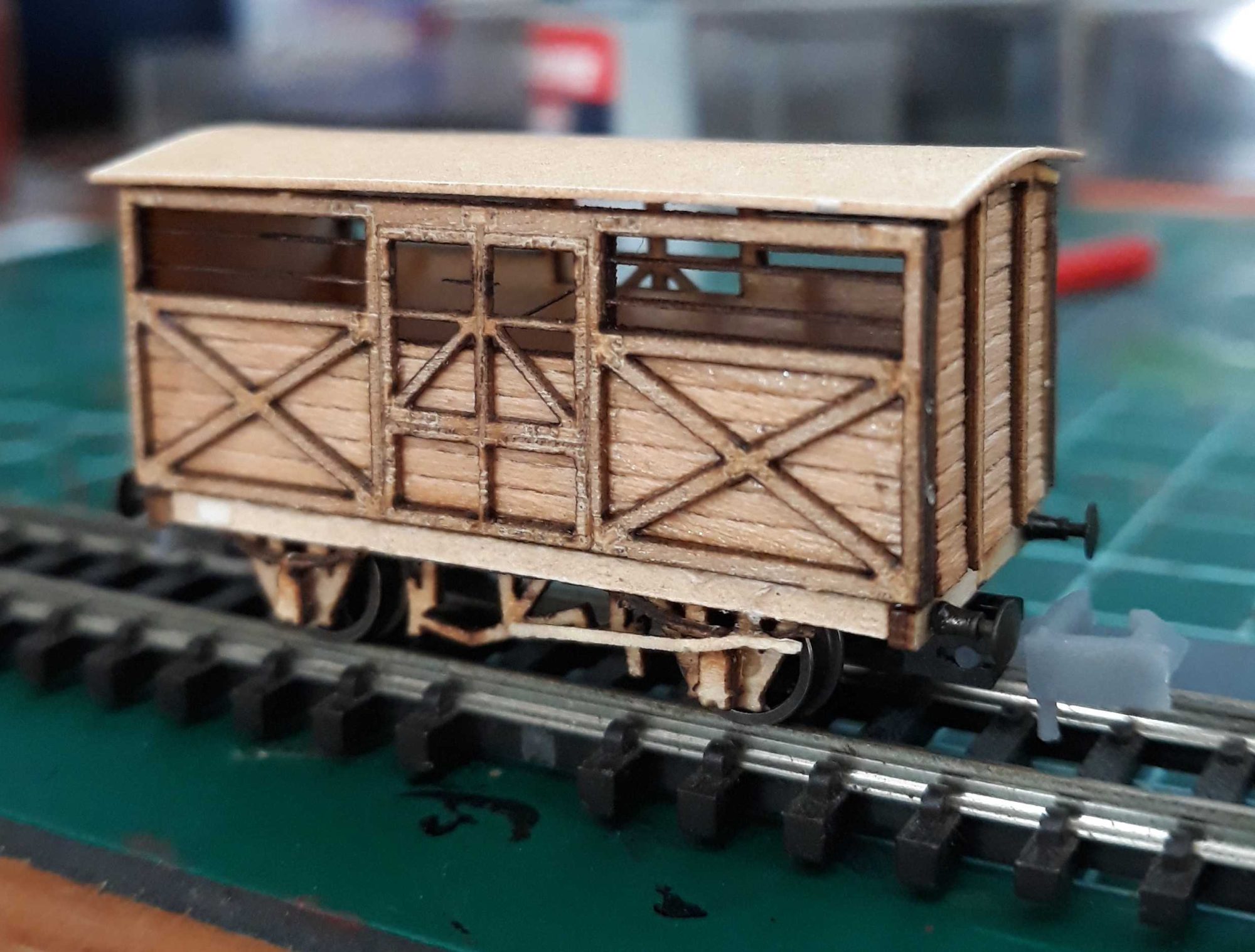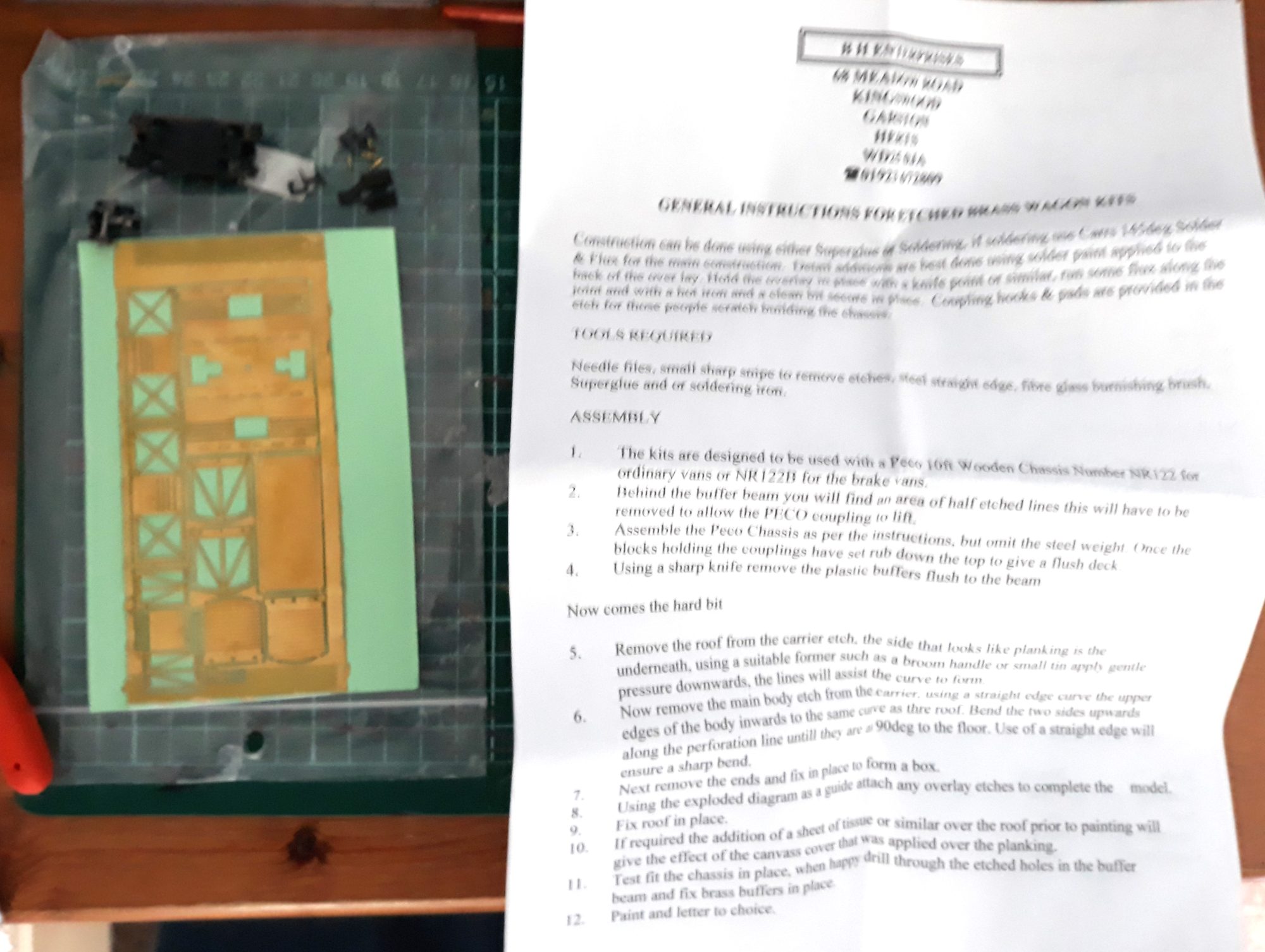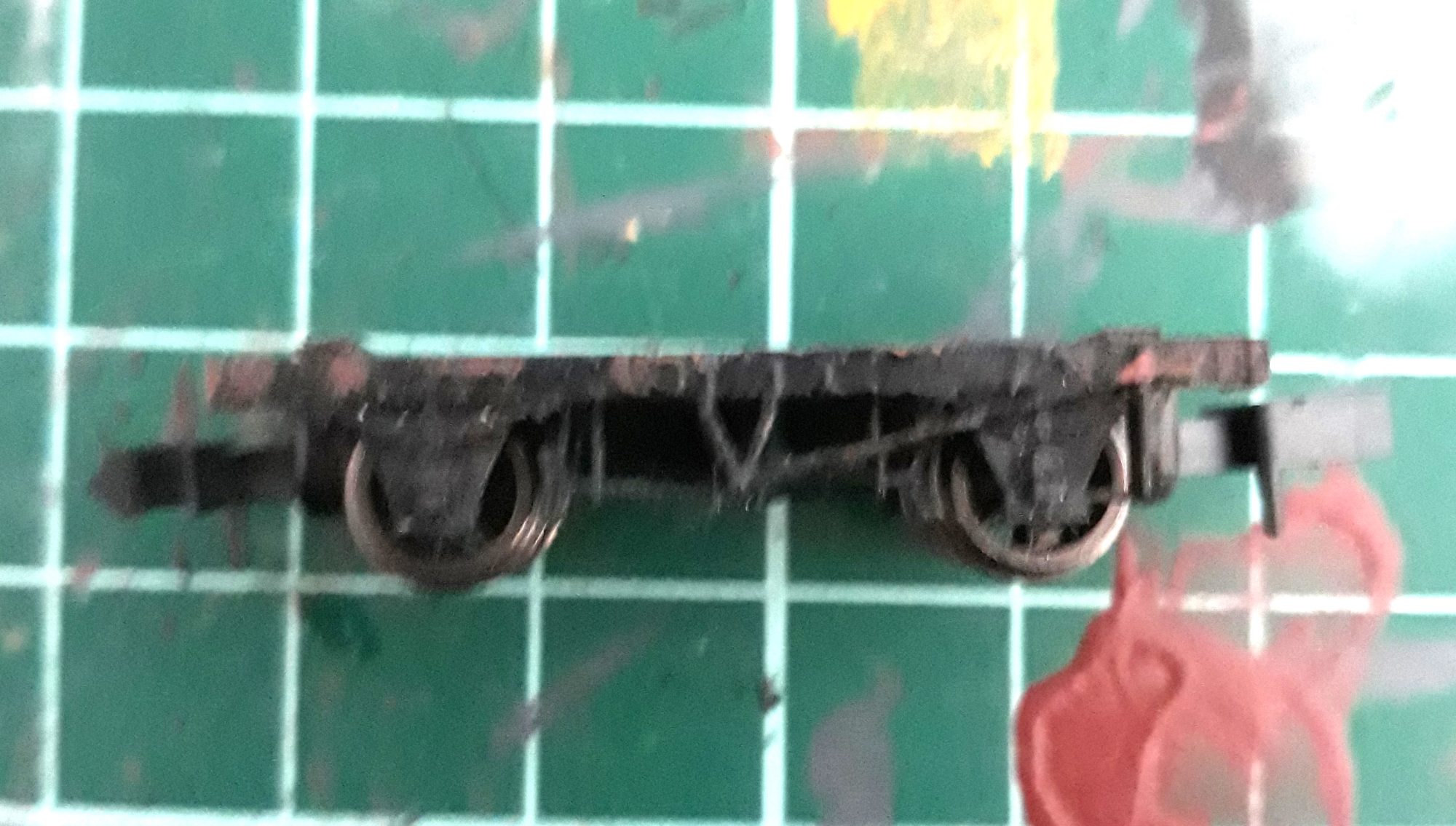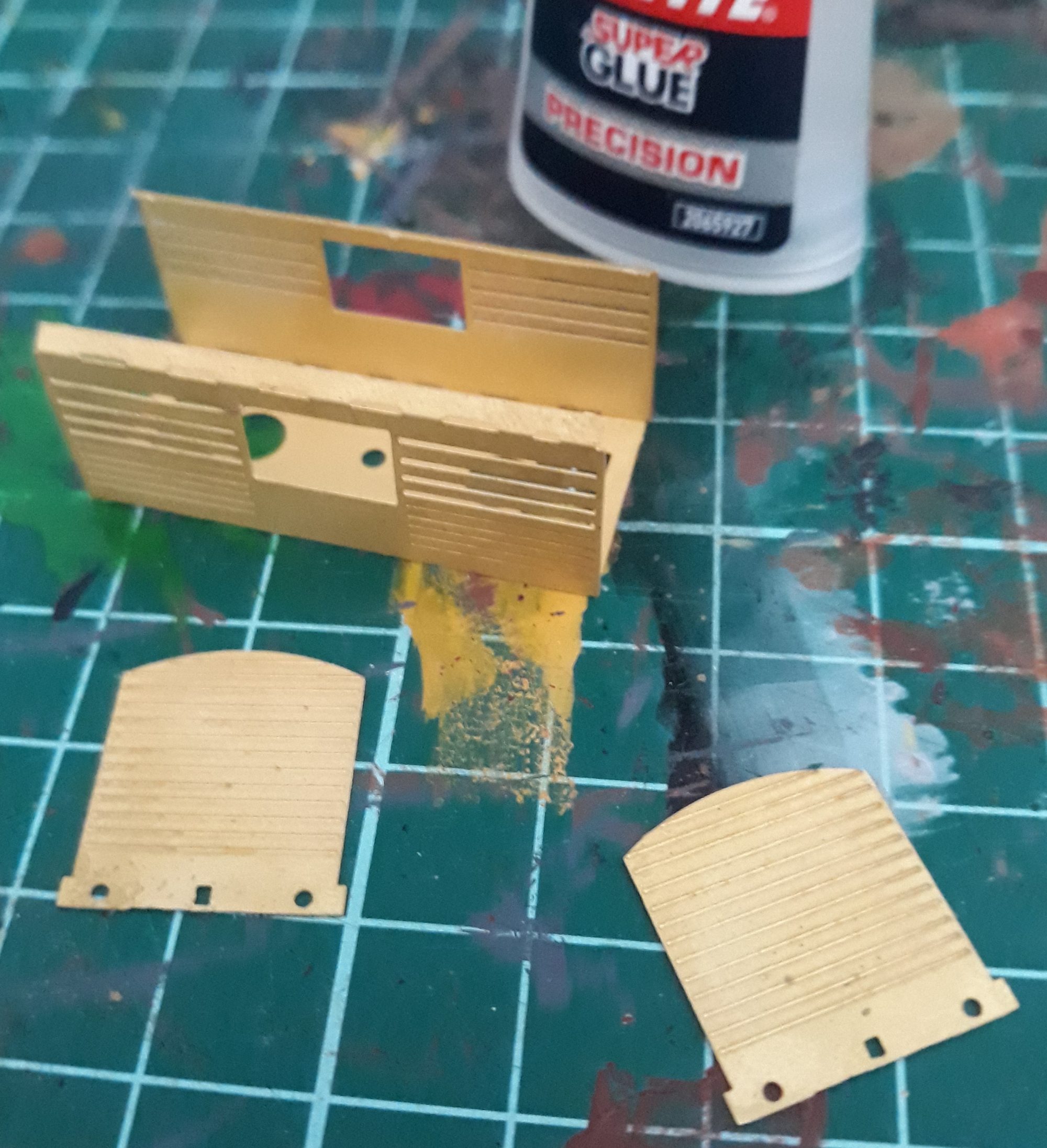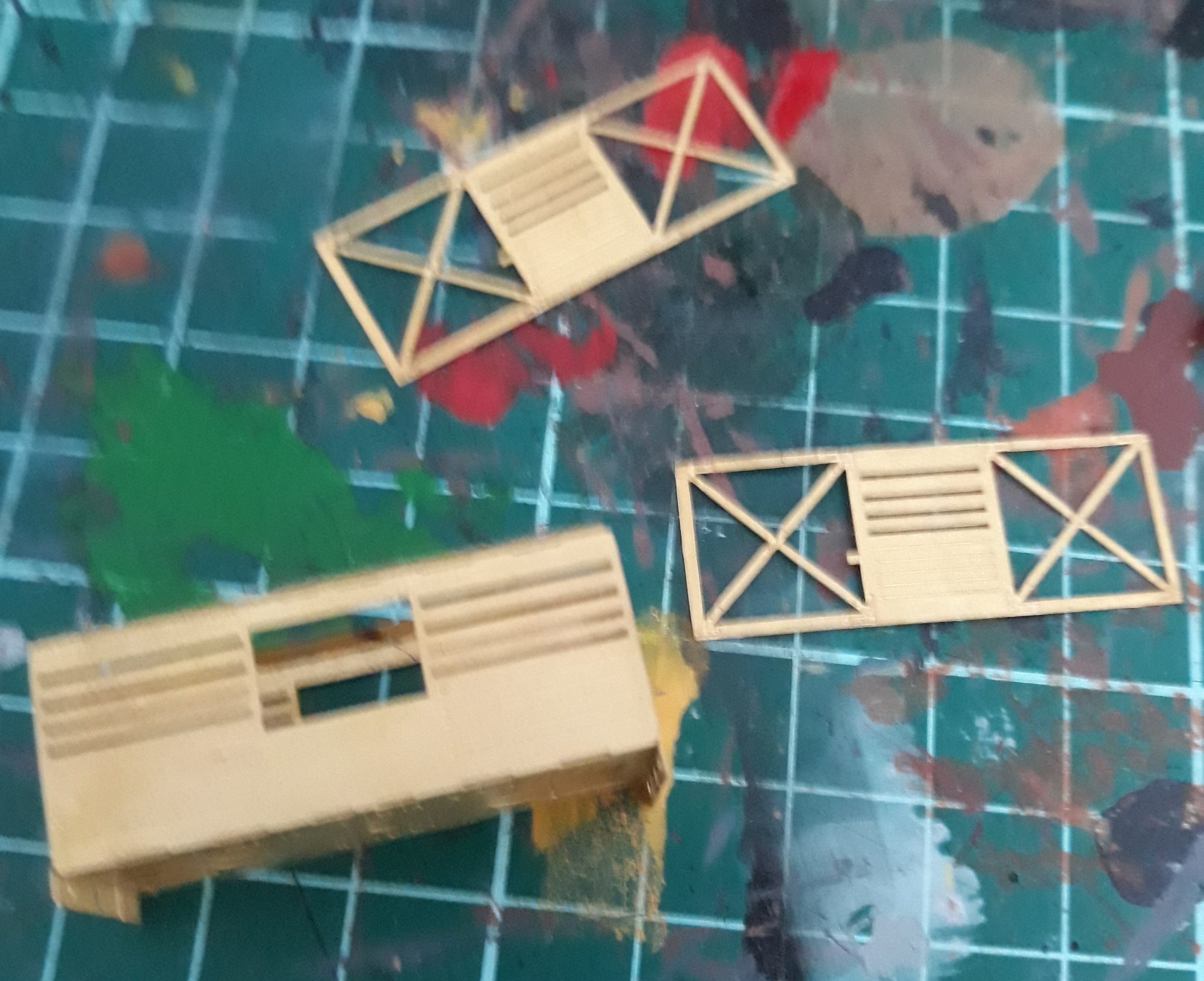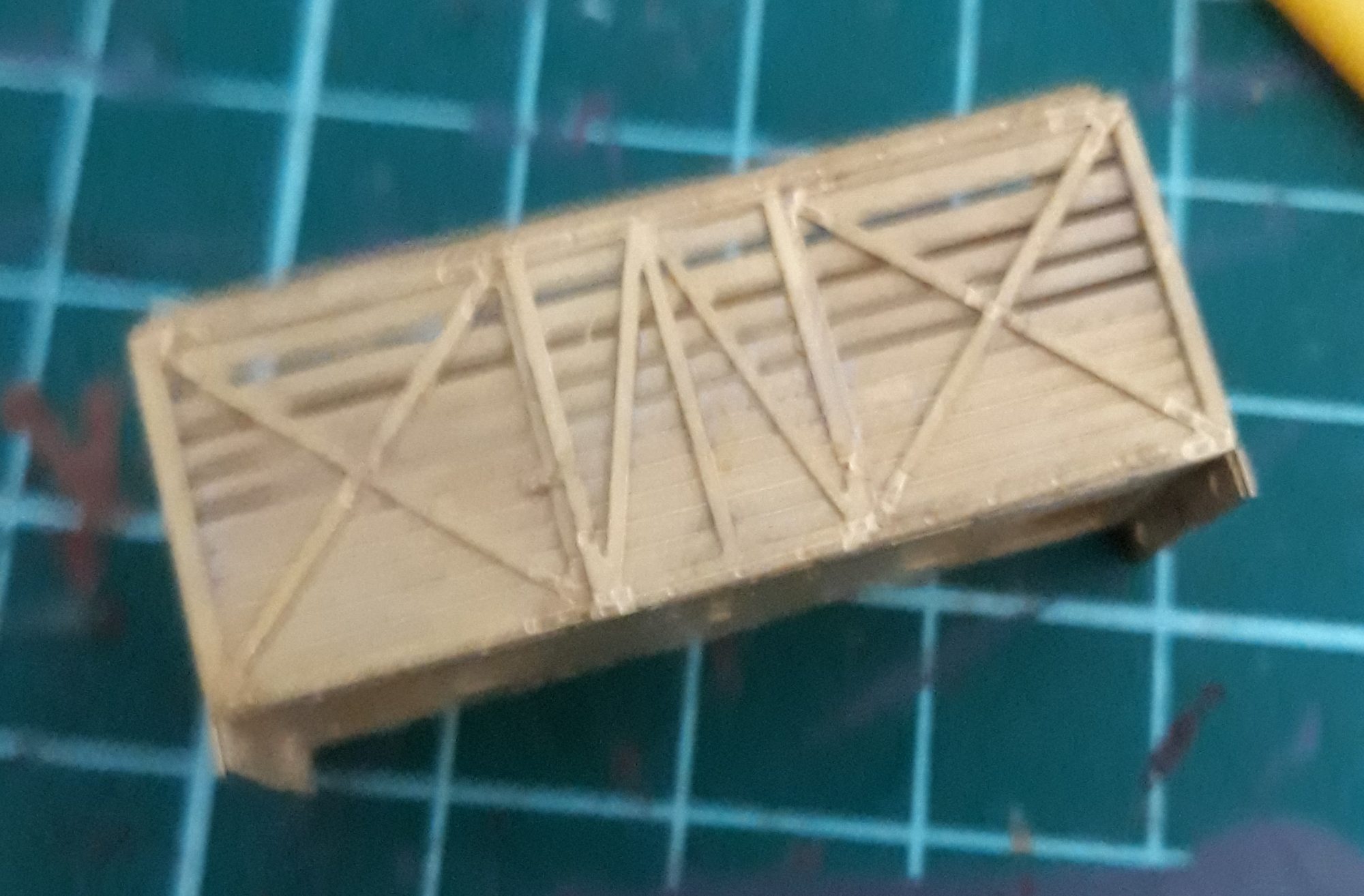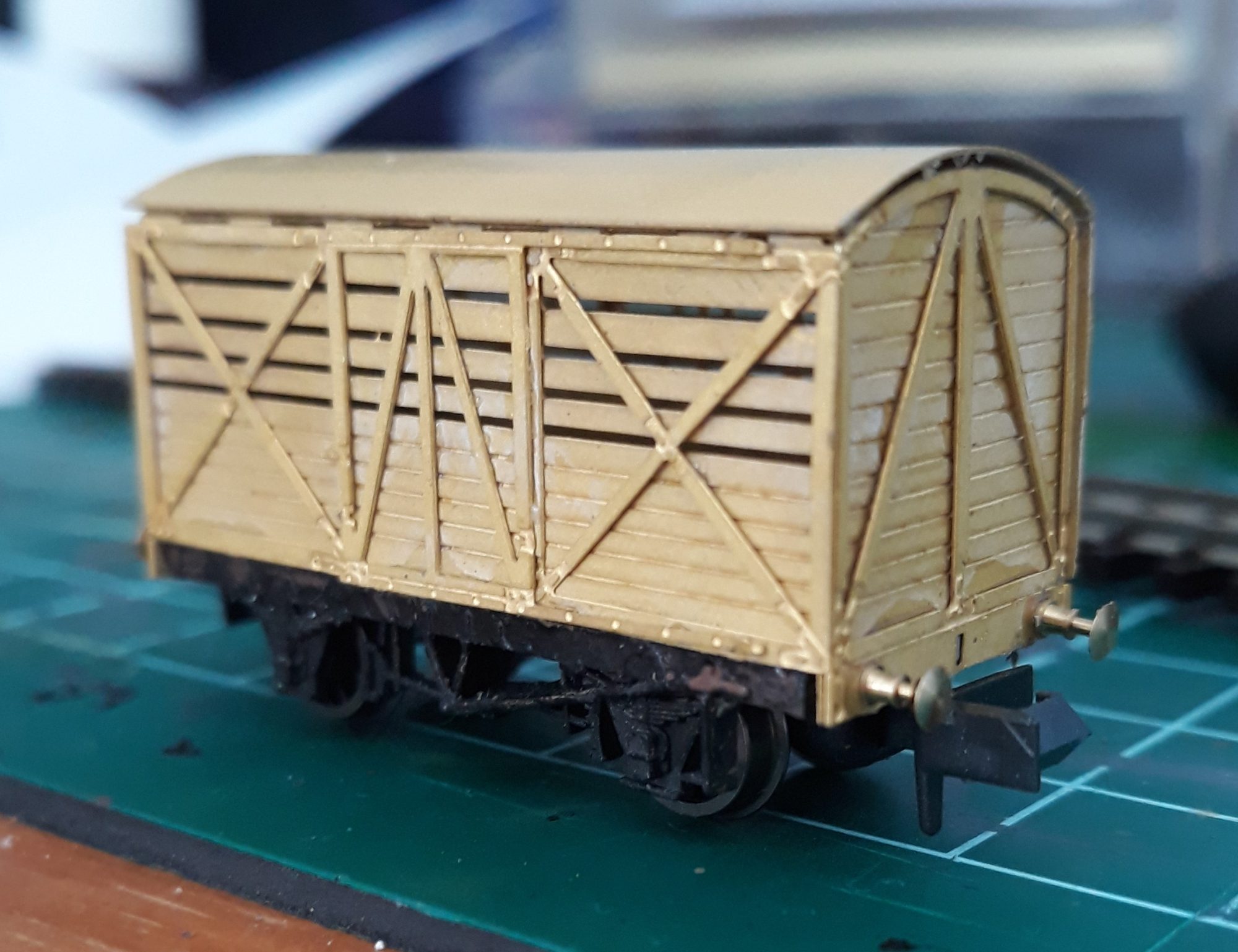Next wagons to start on was these Peco, ex-Parkside Dundas, Kits. These where the following;
LNER 20t Loco Coal Open; BR 12t Pipe Wagon; 2x BR Grampus Engineer Wagons.
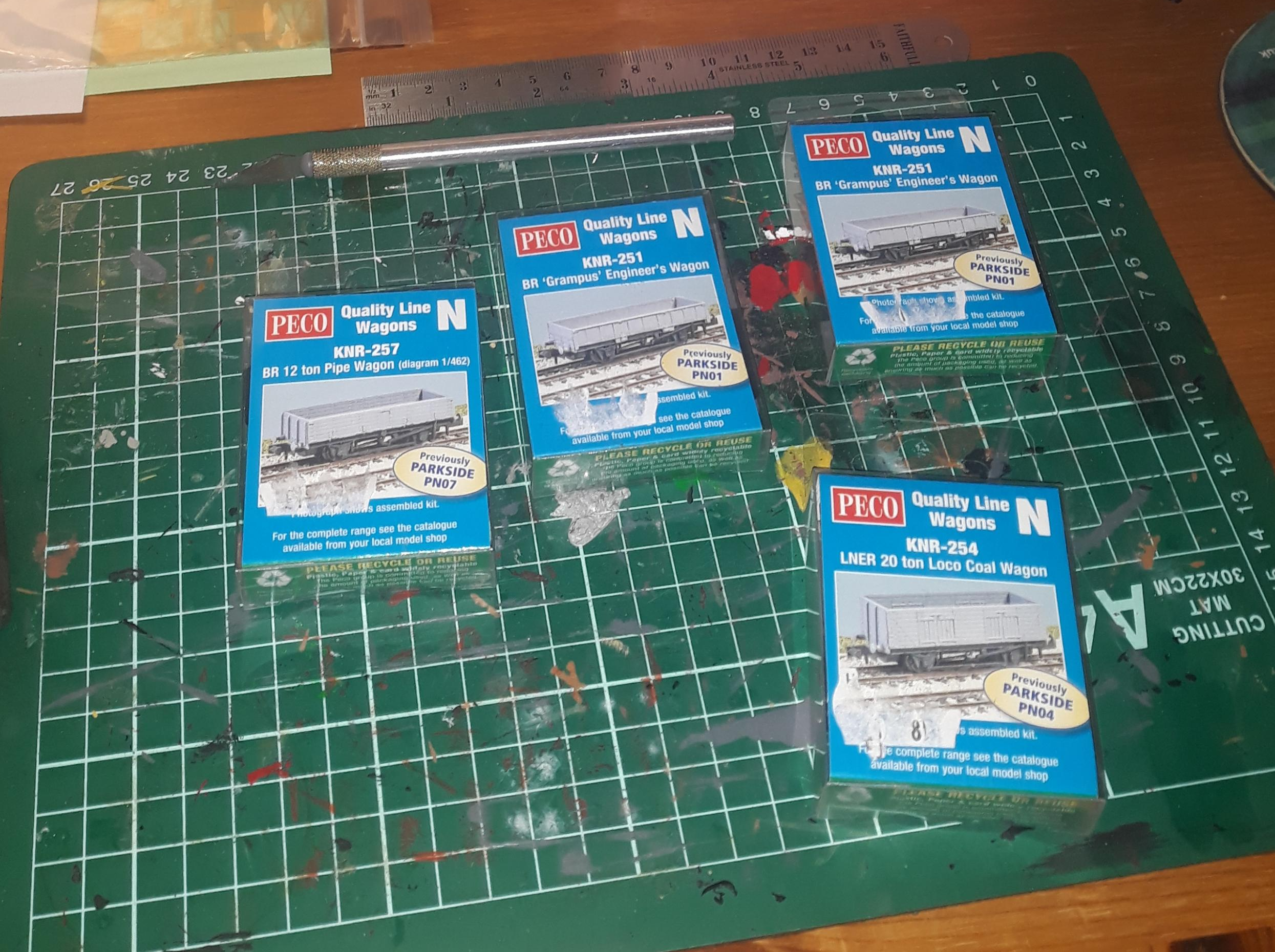
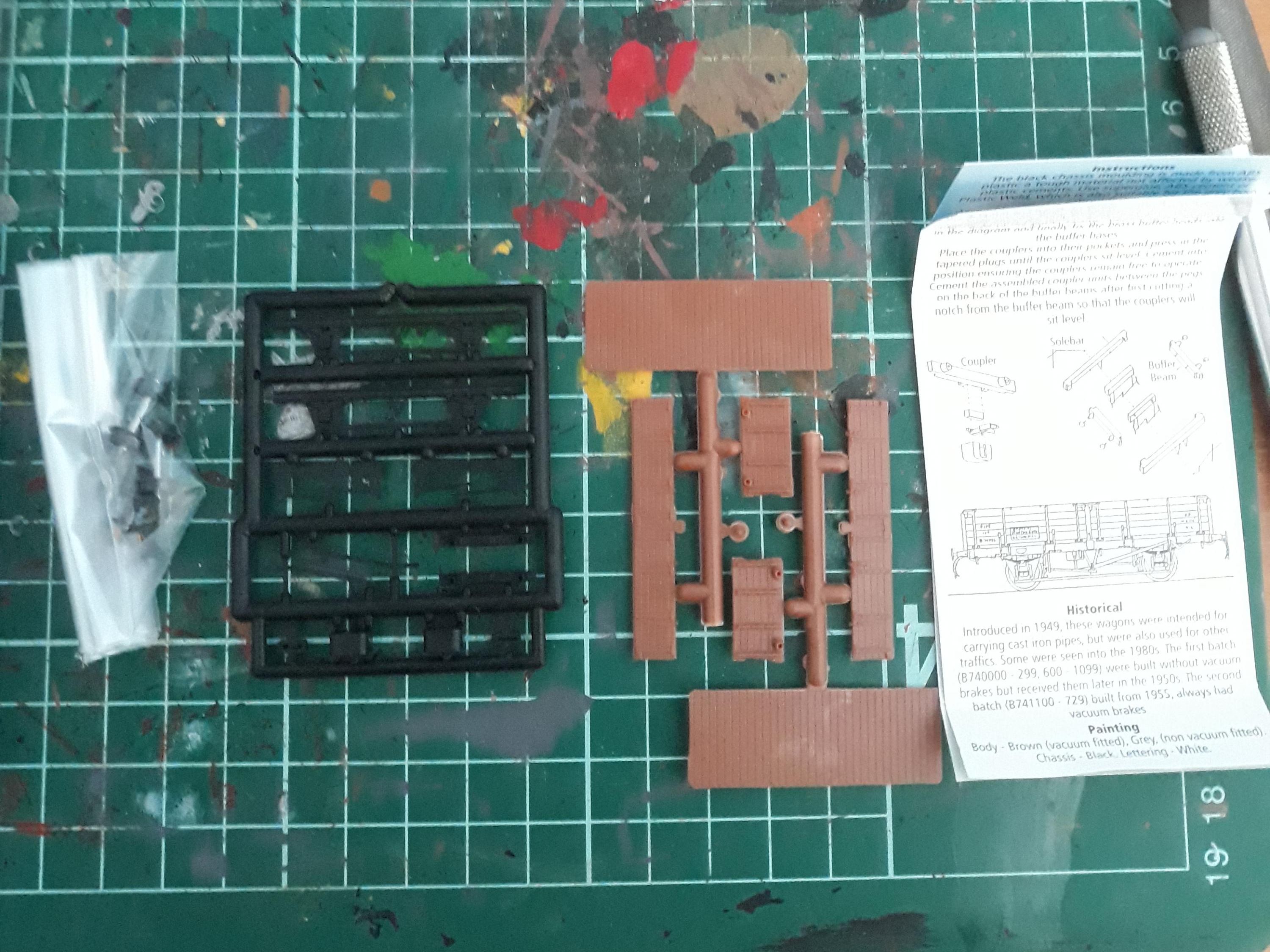
All the Kits (for those that haven't built them before) are fairly basic. The biggest difference from the NGS kits that I have been building (fairly) recently is the chassis, but I'll get to that later.
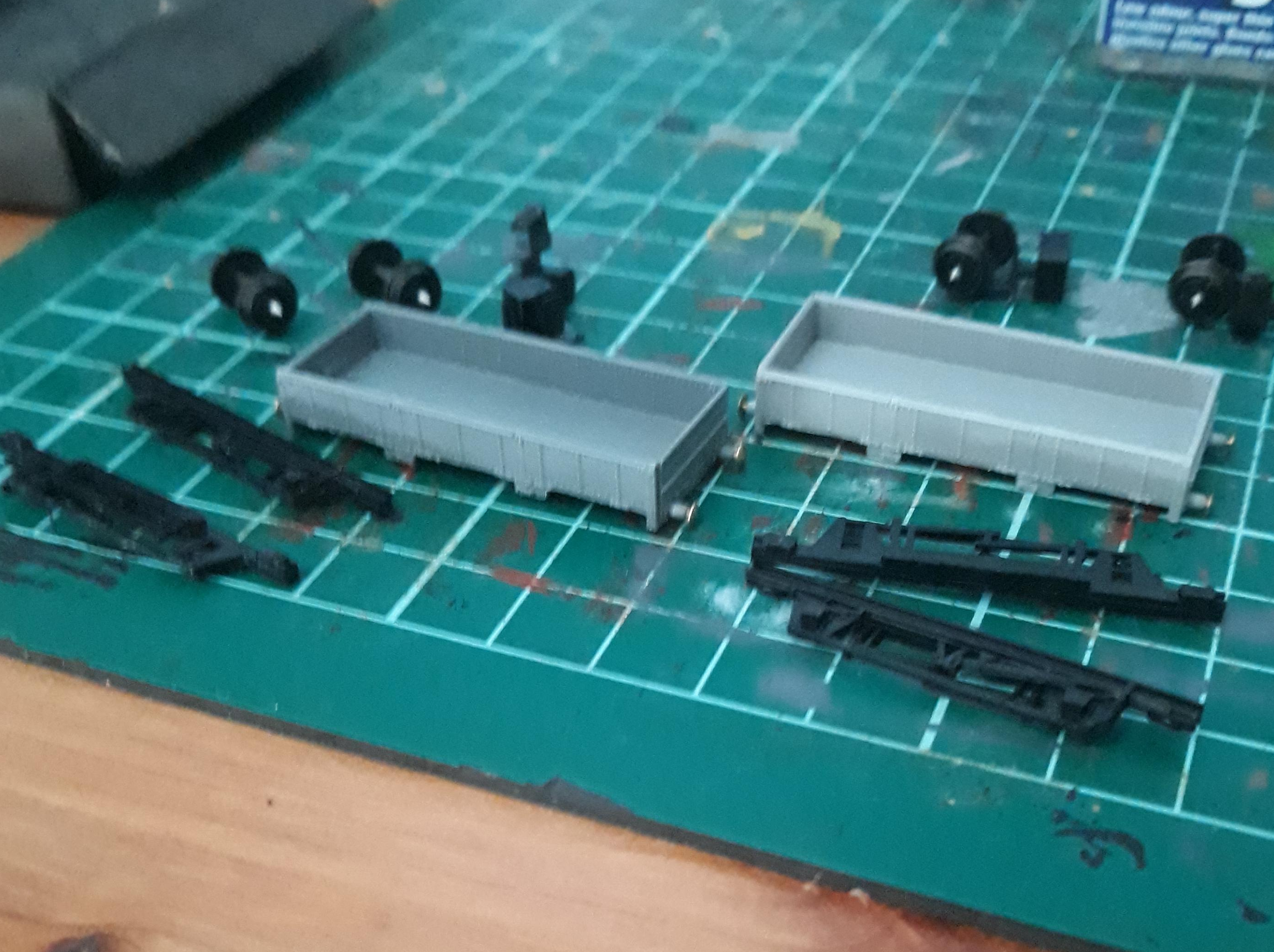
The first place to start was the body. These are simple to assemble, after cleaning the parts up from any flash. I found the Grampus had the most; the Pipe open had the least. I normally start with the ends and then add the sides. The ends on these kits have the buffer beam molded on, so have a small lip on the underside that will help it sit at the right level on the floor.
I found, on each of these kits, that the floor caused the biggest issue. After removing the flash, I found that they were slightly oversized, so when I lined up the sides with one side, the other end didn't line up with the other end, but was short. So a wee bit was removed from each end till a good fit was achieved.
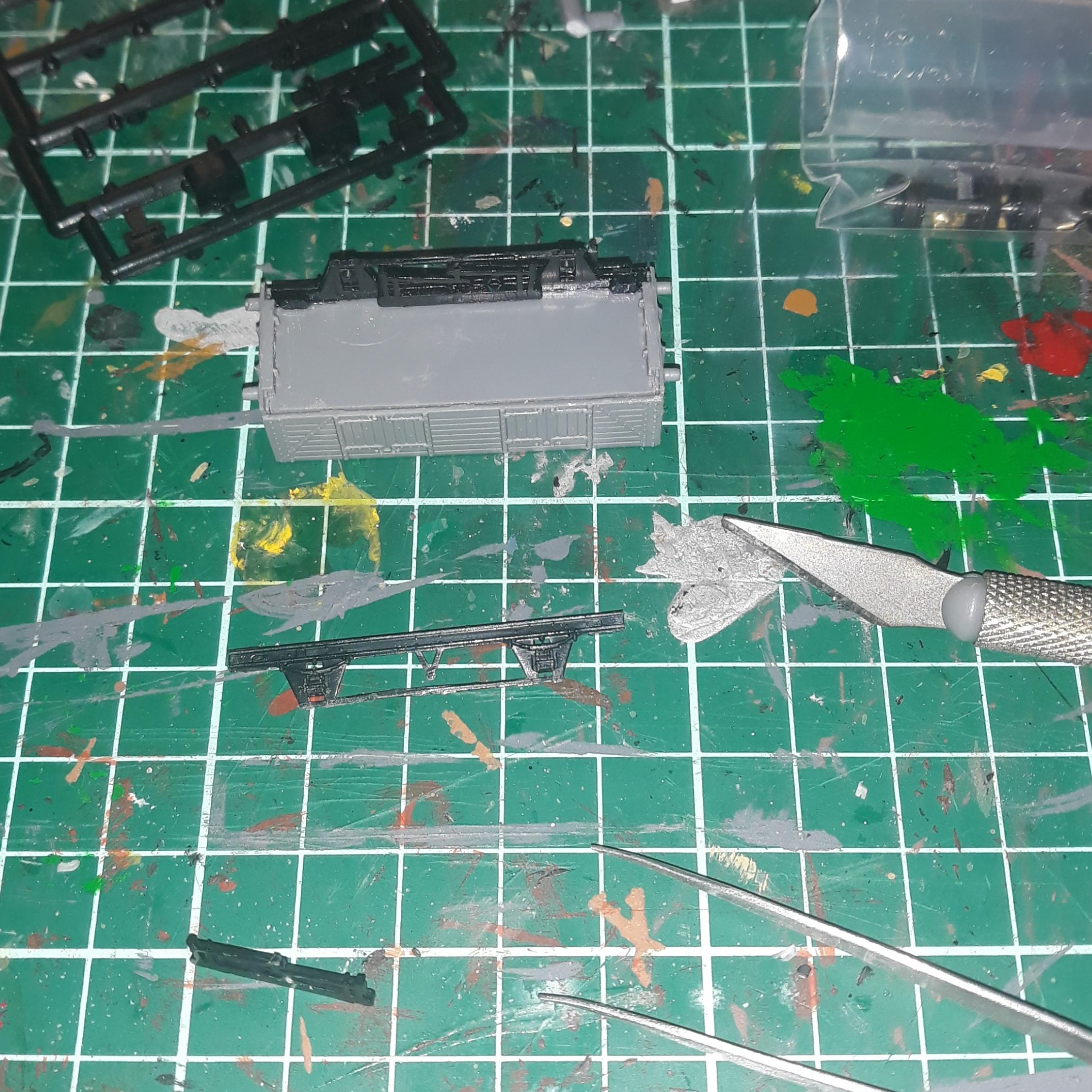
The chassis is formed from 2 side frames, which are formed of 3 parts; solebar, axelboxes & brake lever. Note that one side has 2 v hangers and this has the 'bent' brake lever.
Once assembled, these slot into the lip of the buffer beam. These can be a bit tricky to allow for smooth running. I had a few issues with some of mine, but a file to the ends of the axel smoothed it out.
Last thing to do is fix the 4 brass buffers and the kits complete!
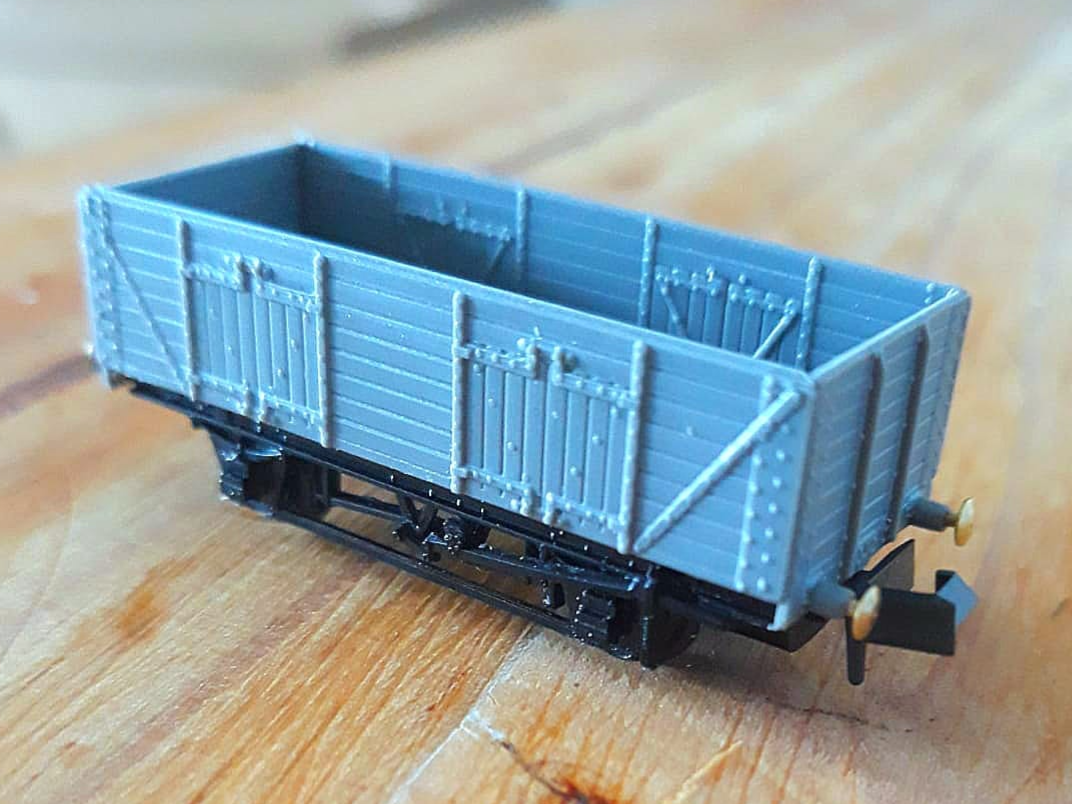
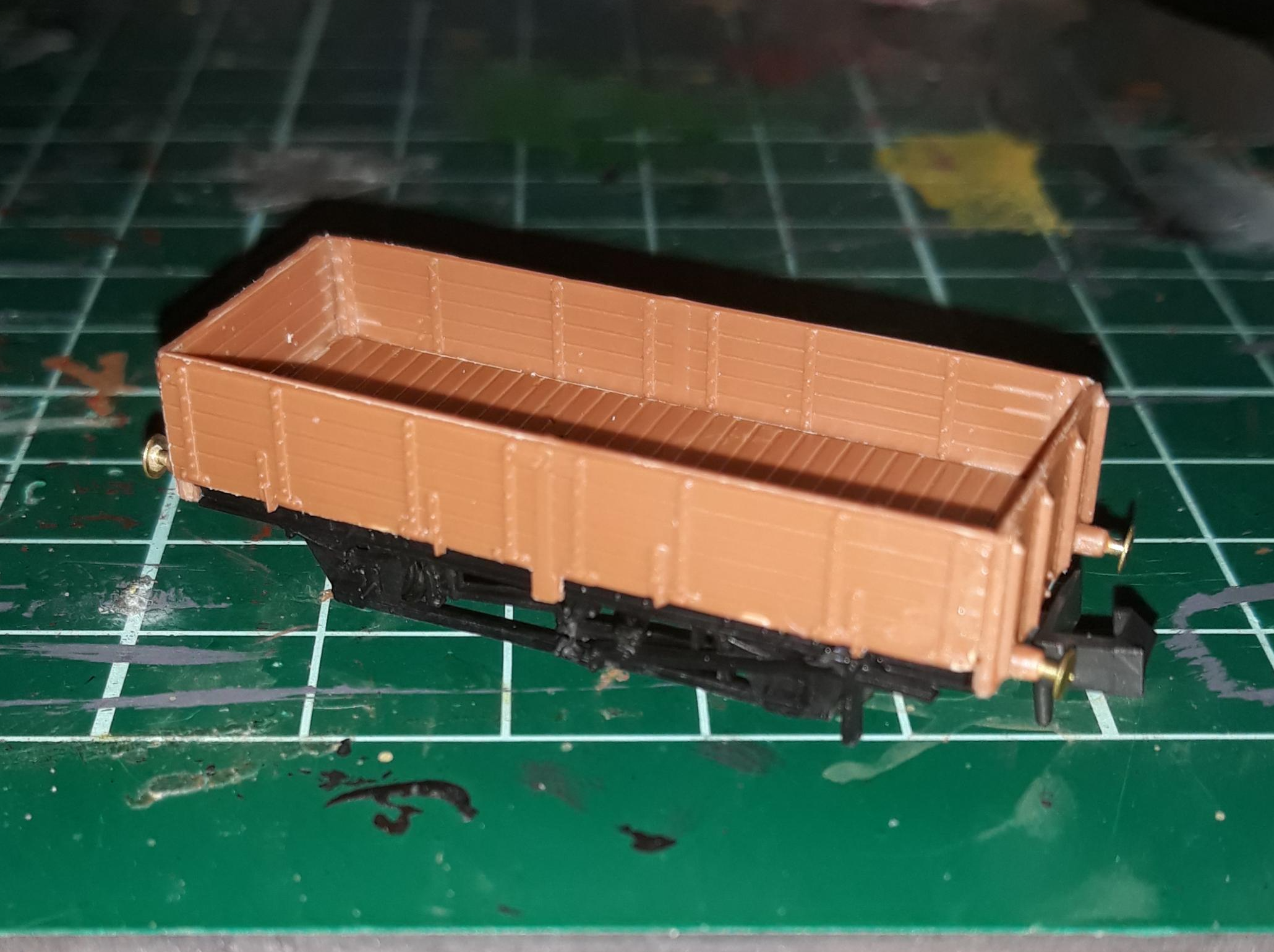
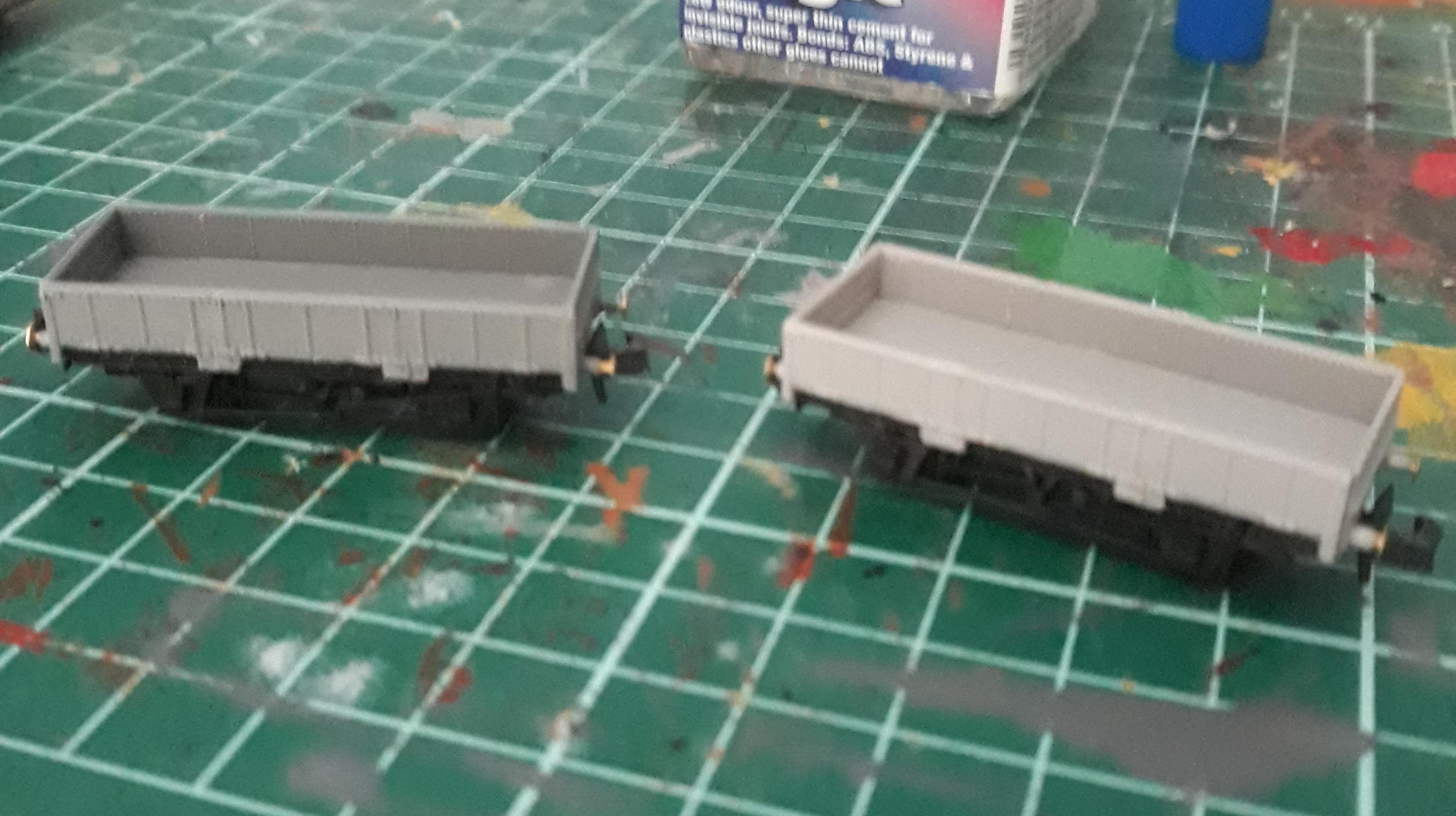
All the finished wagons waiting for the paint shop. The Pipe open will be gray, as a number were unfitted. The LNER open is going to take some research, Loco coal opens were painted Black by BR, as they were classes as service wagons, but at some point they were transferred to capital stock and were painted unfitted grey. So if anyone knows when the date of change was, i'd appreciate it.
Next up are the Osbornes kits, which I think Ill do as separate posts.
Stu
